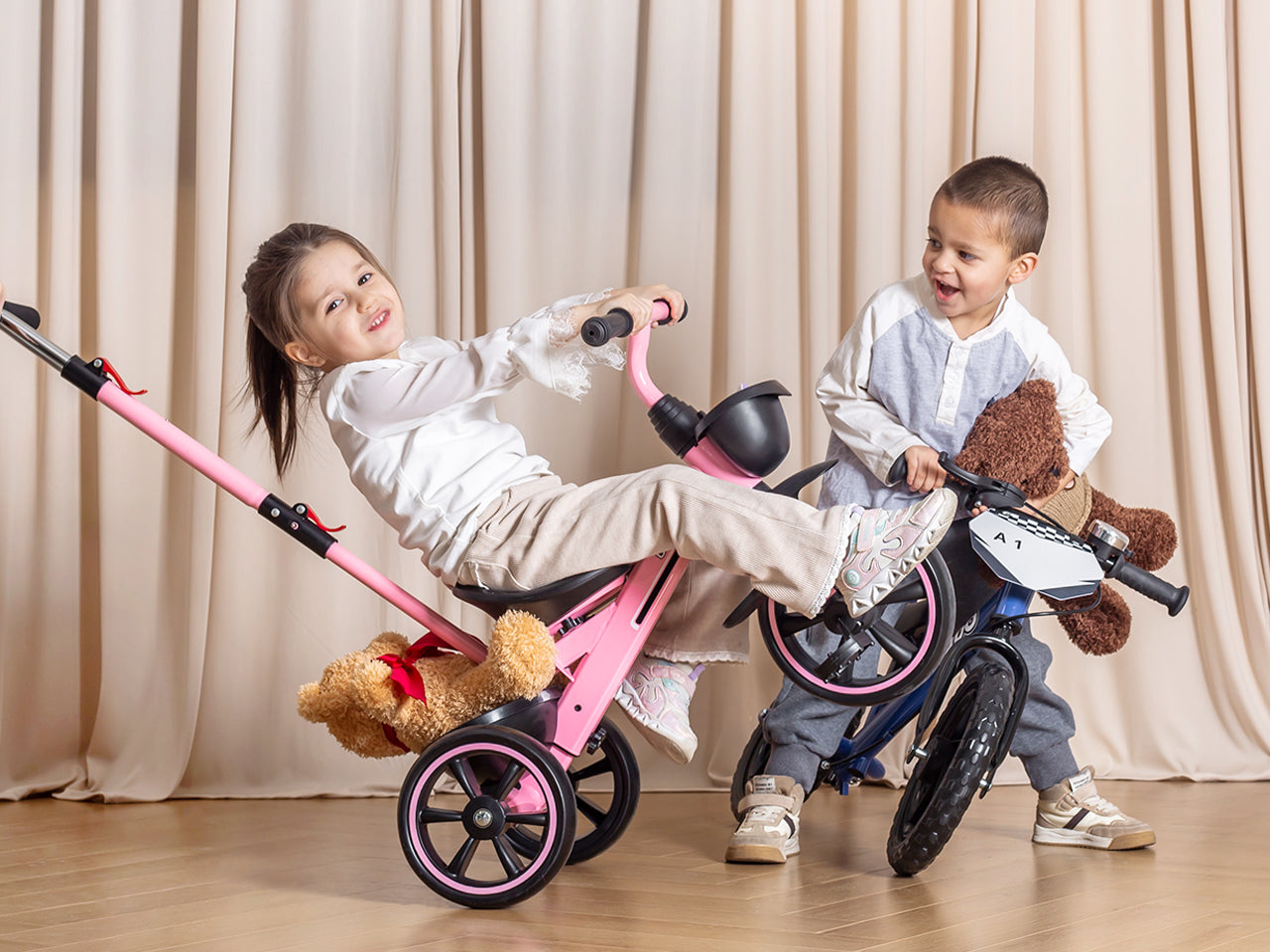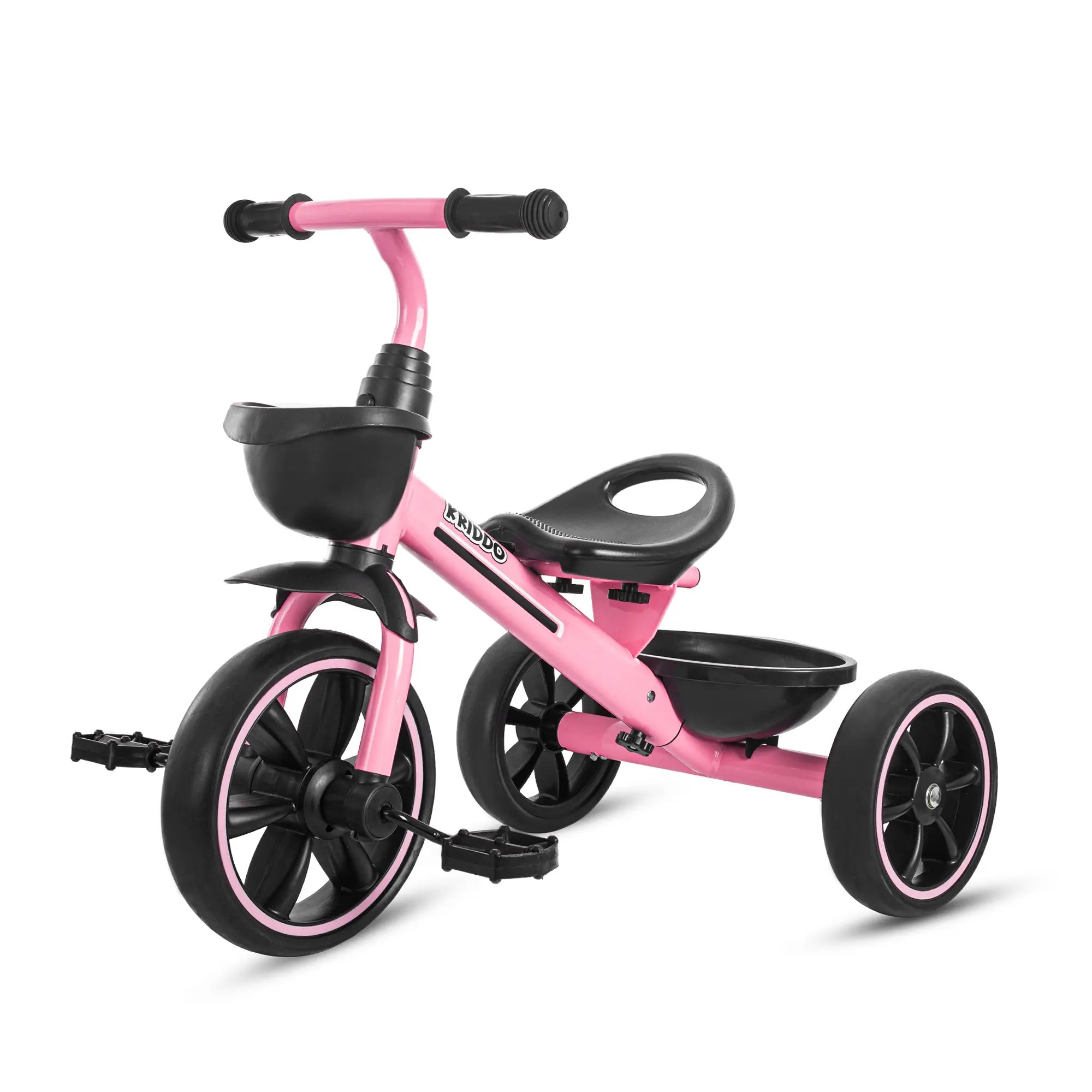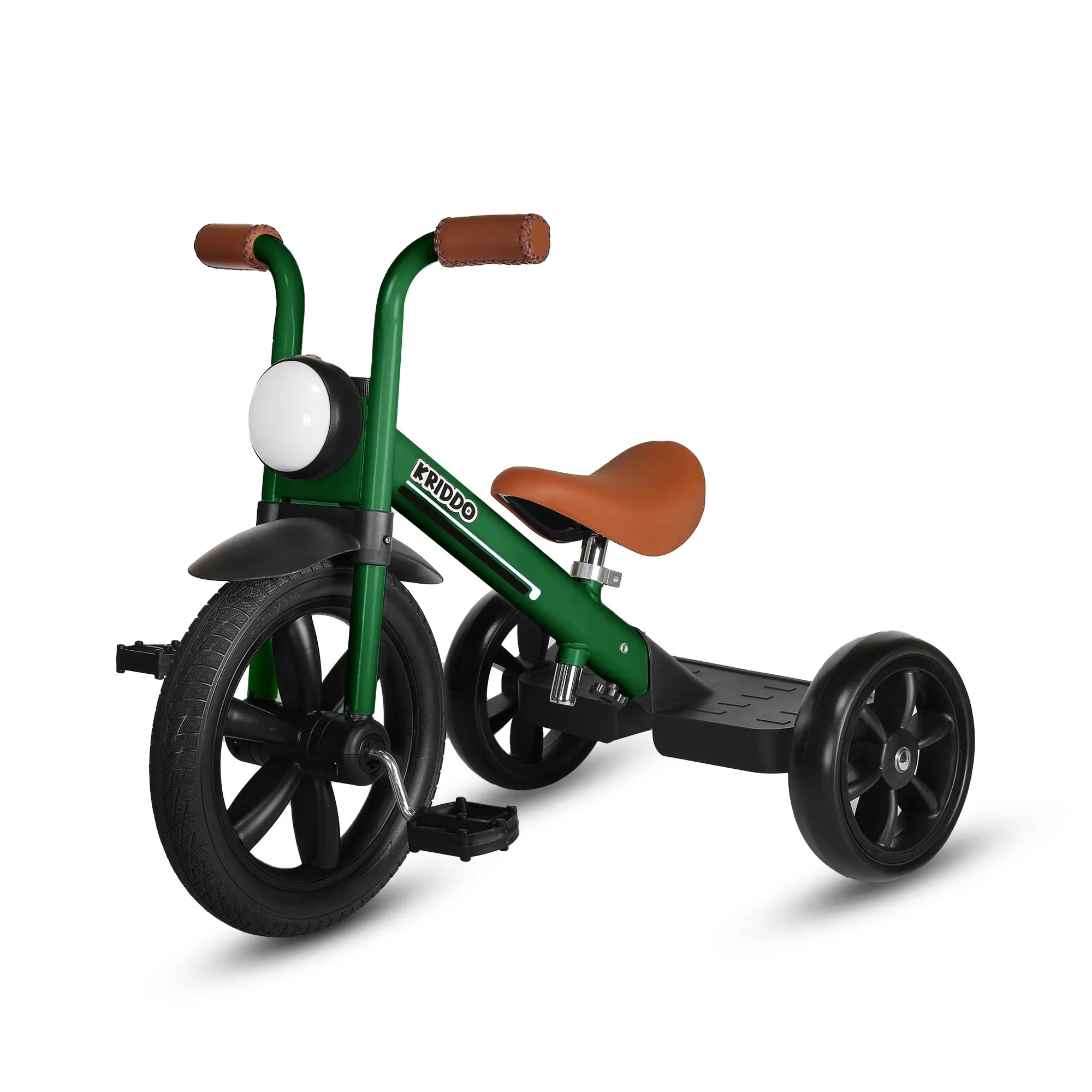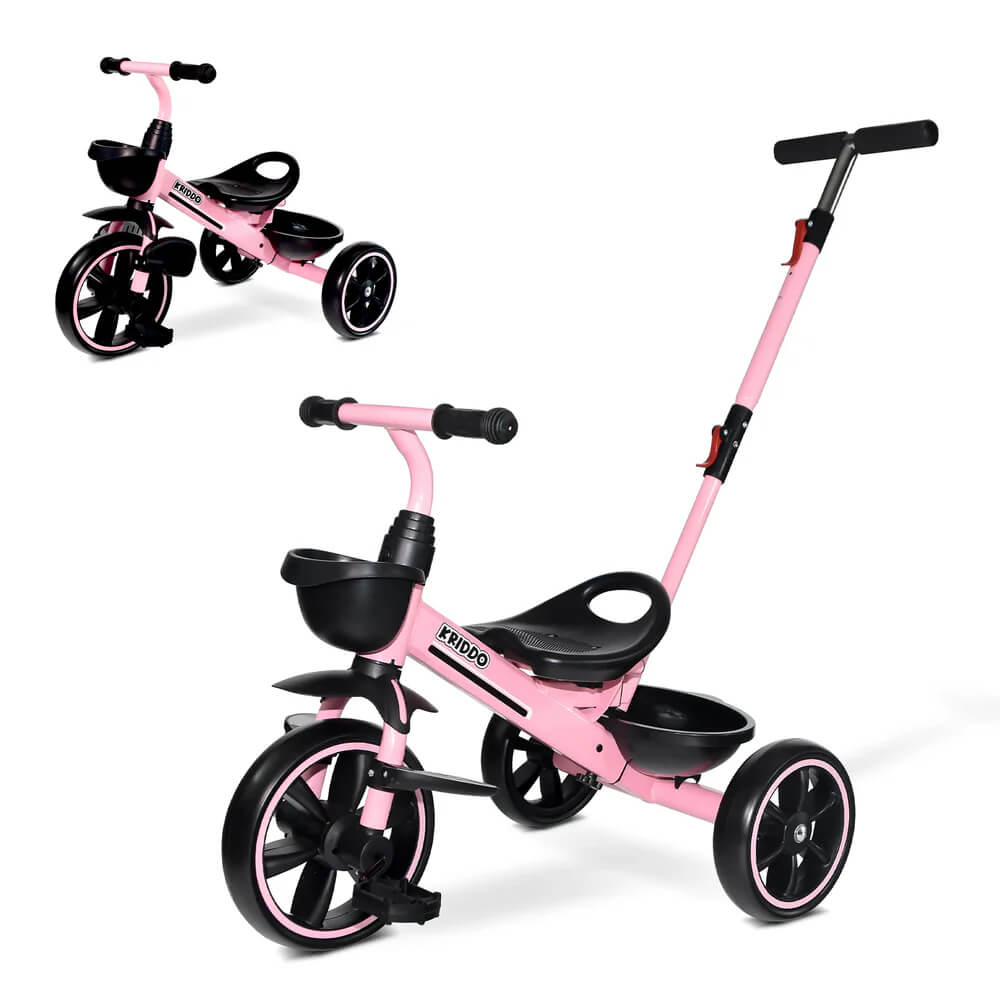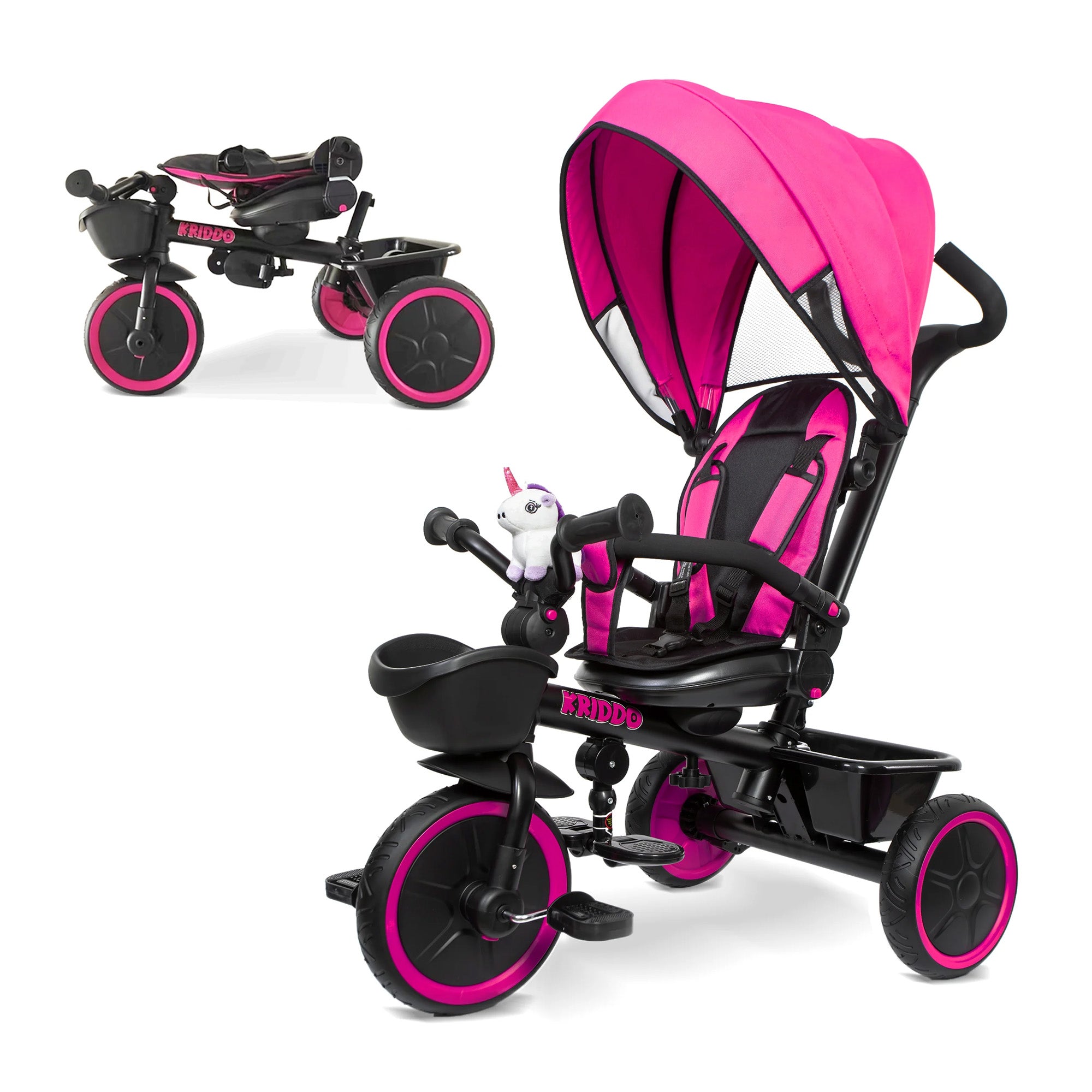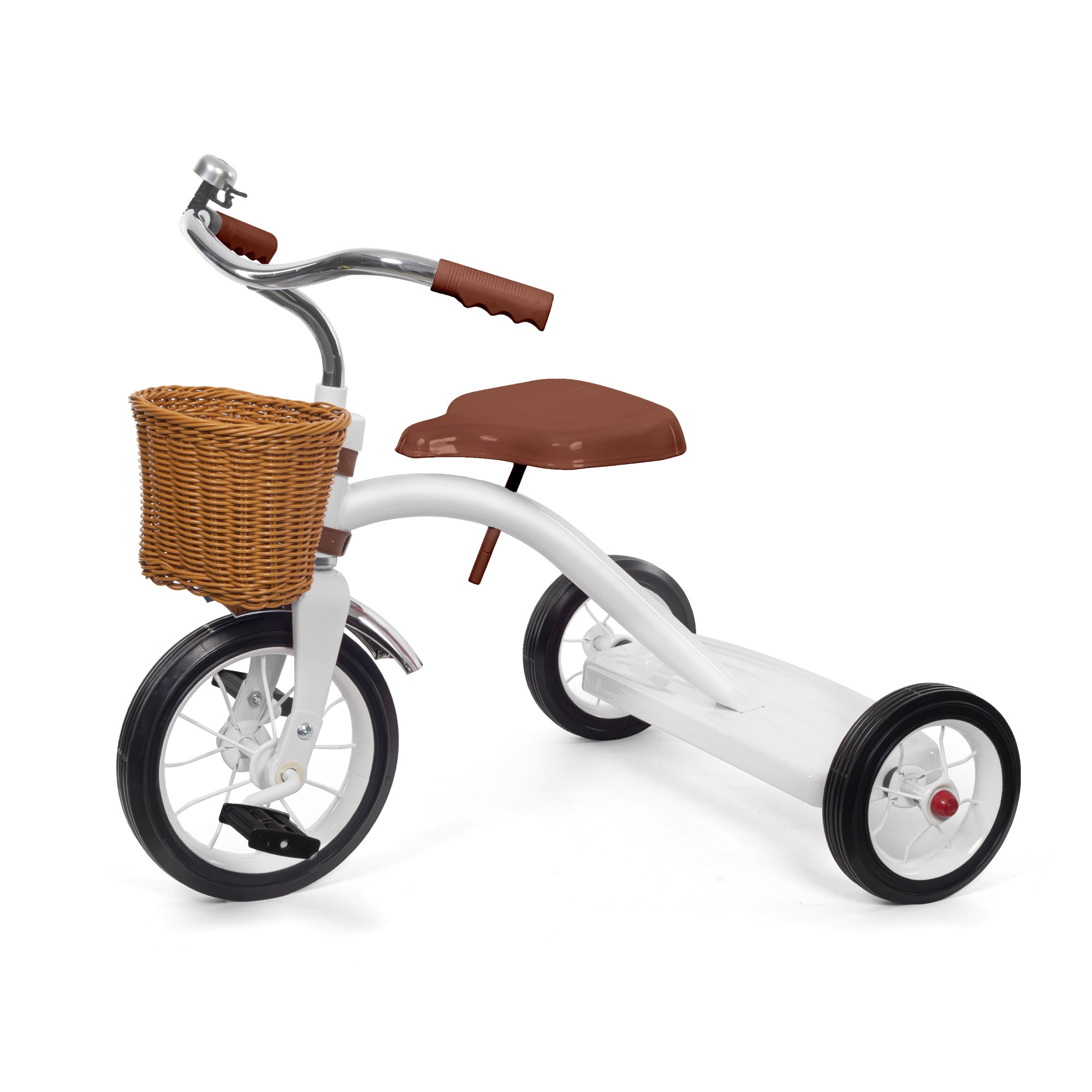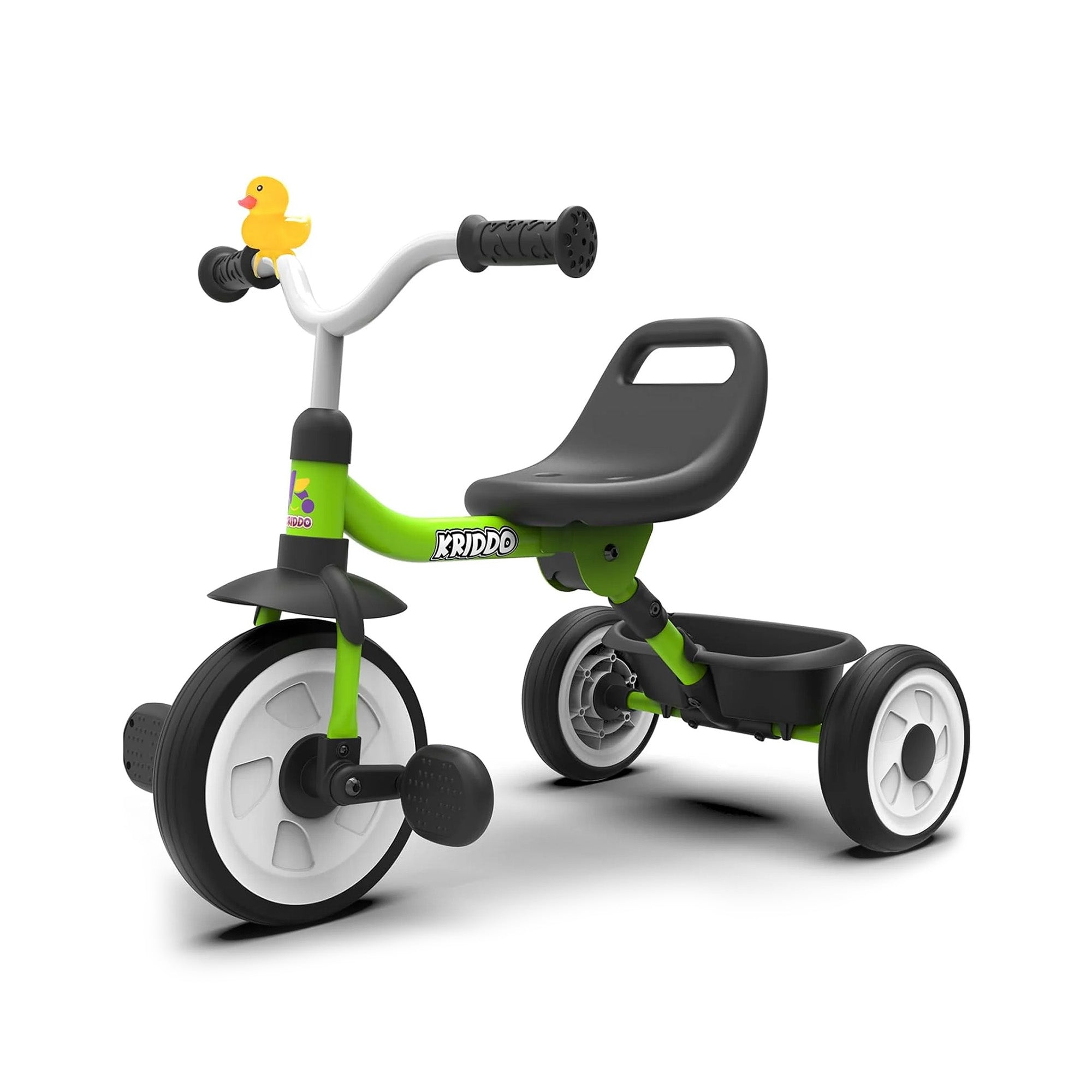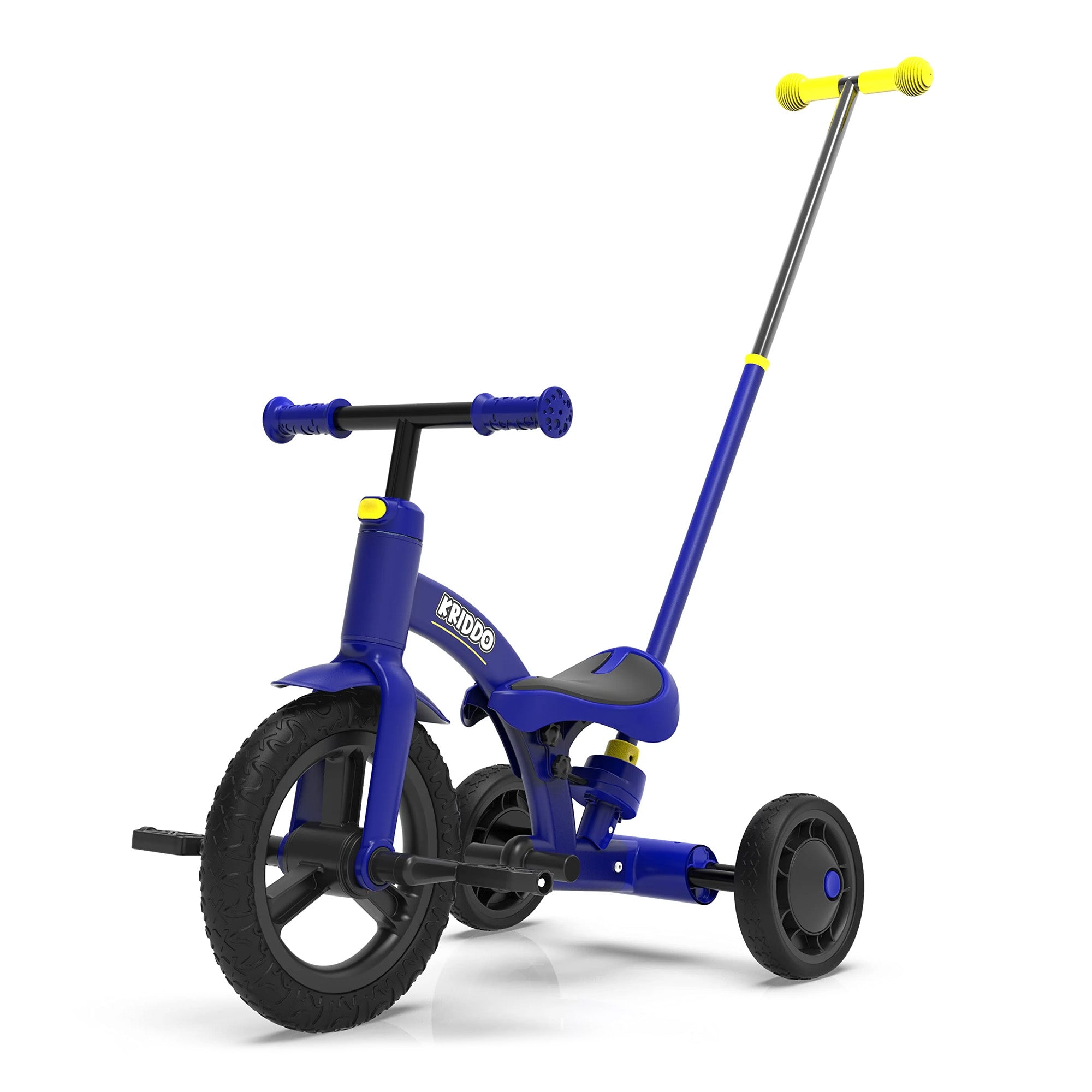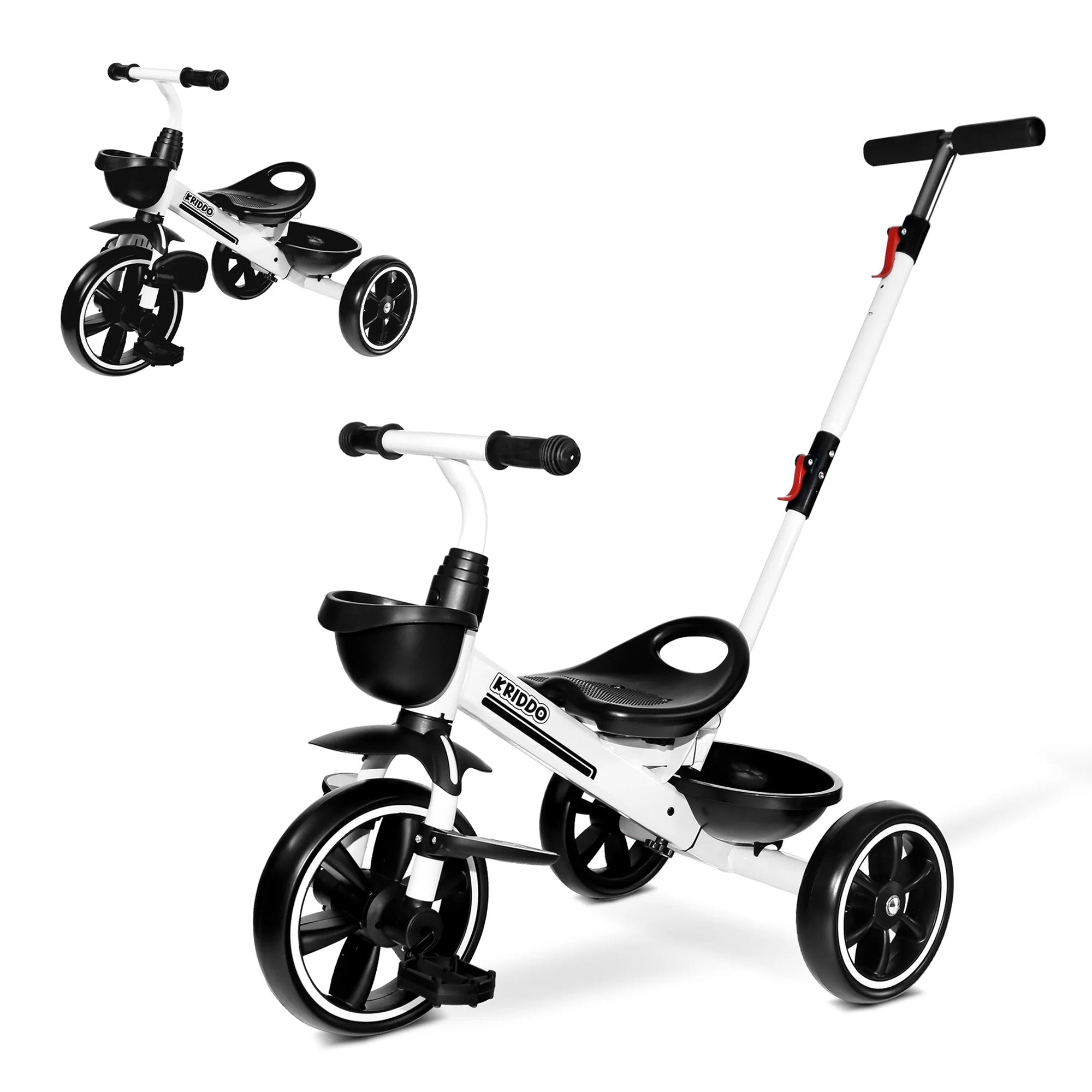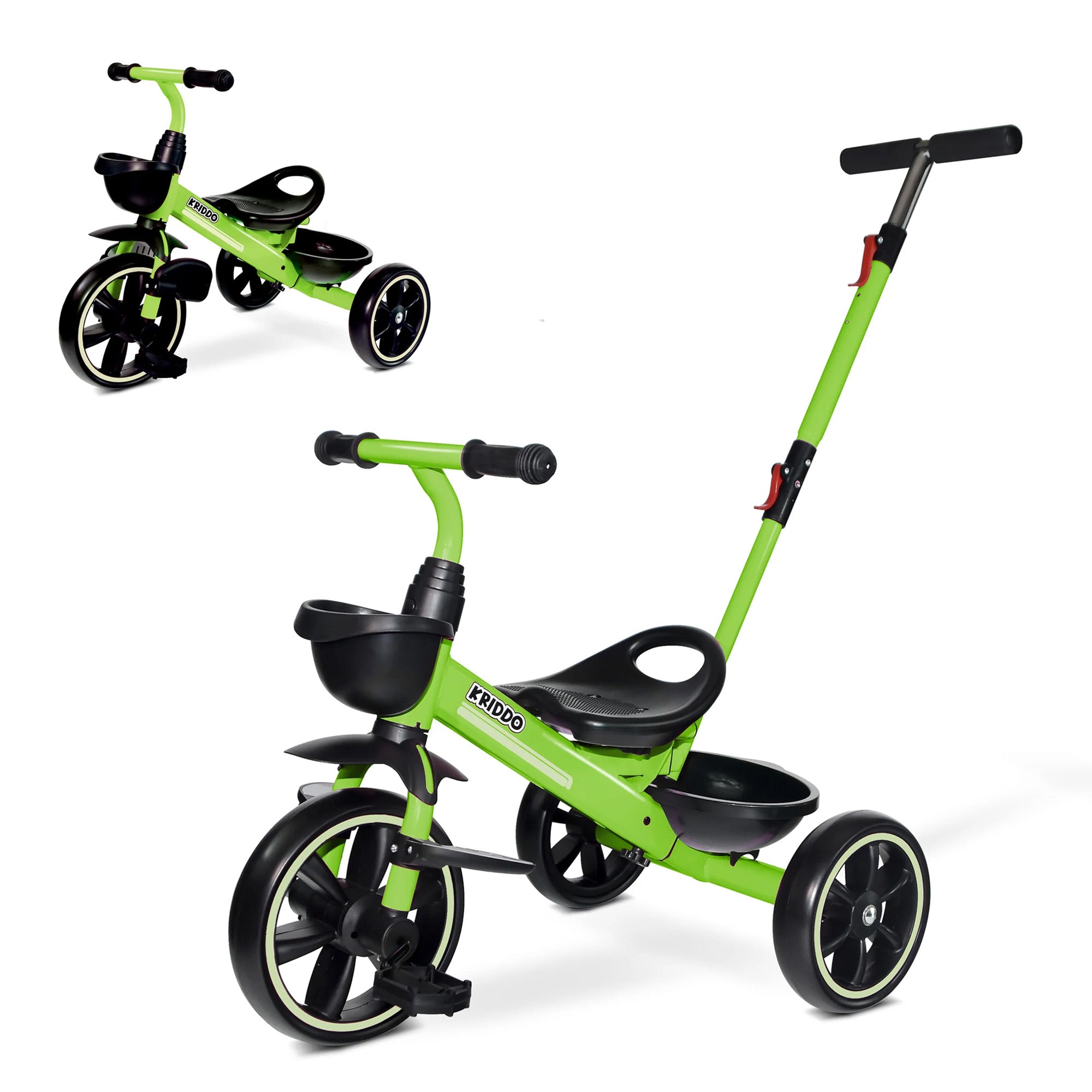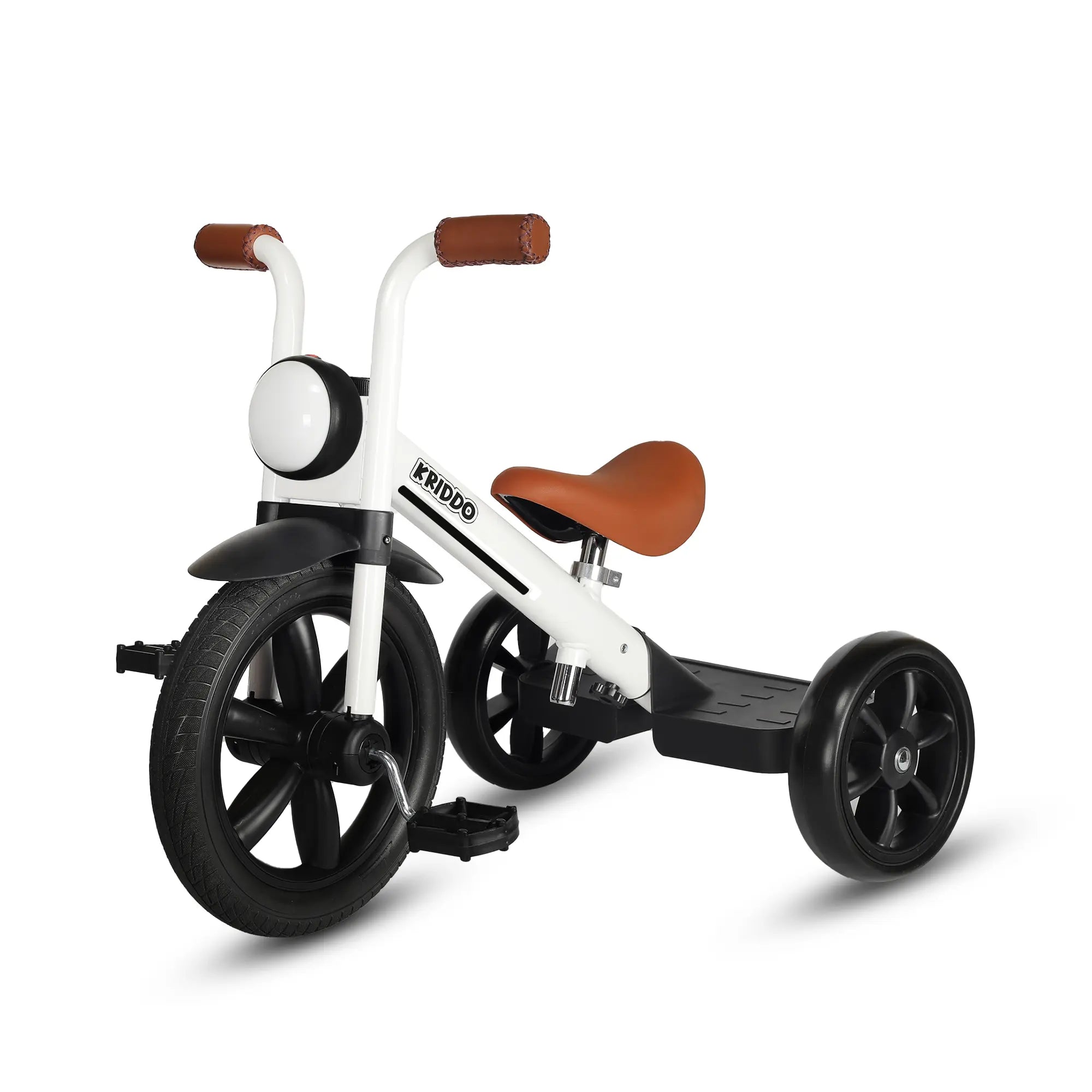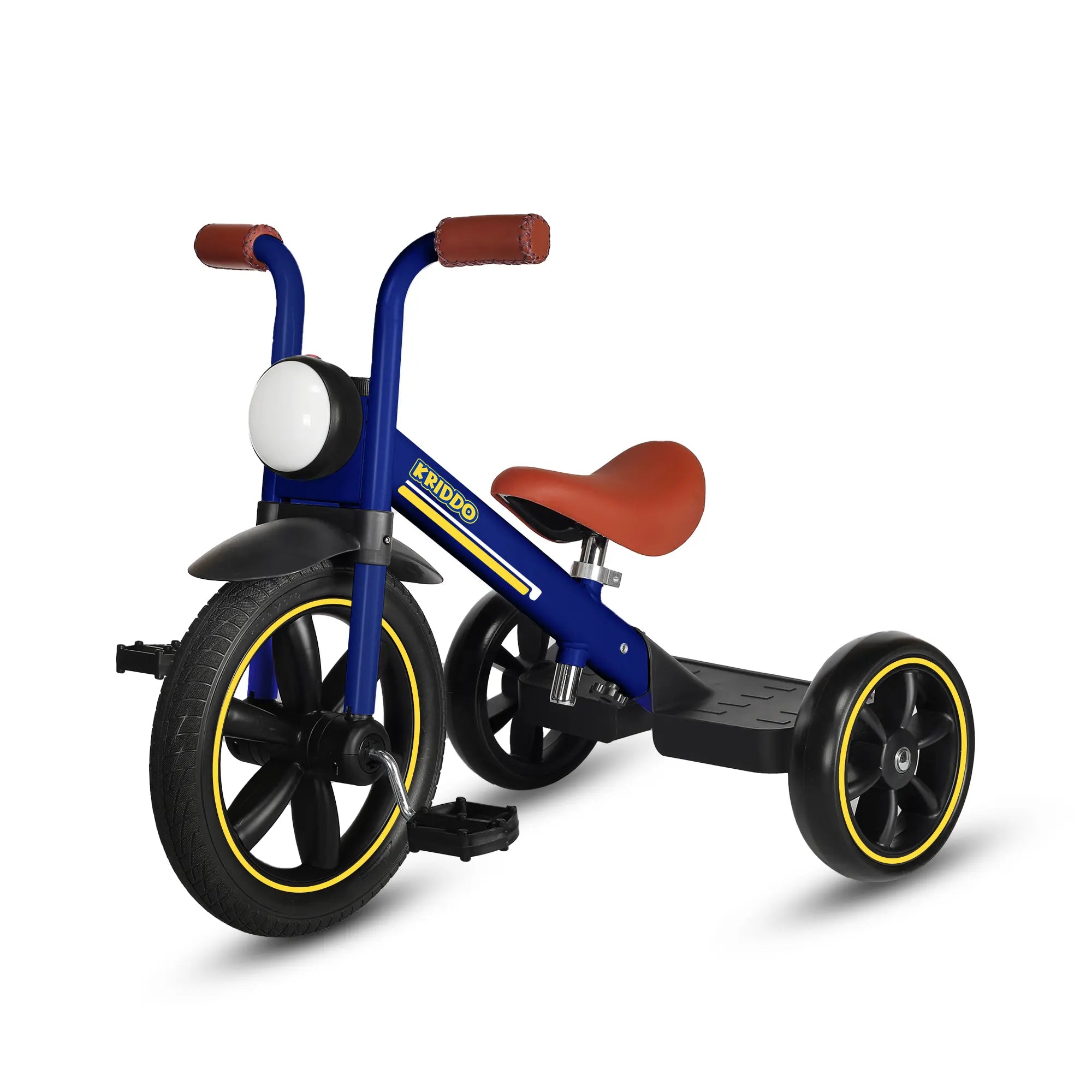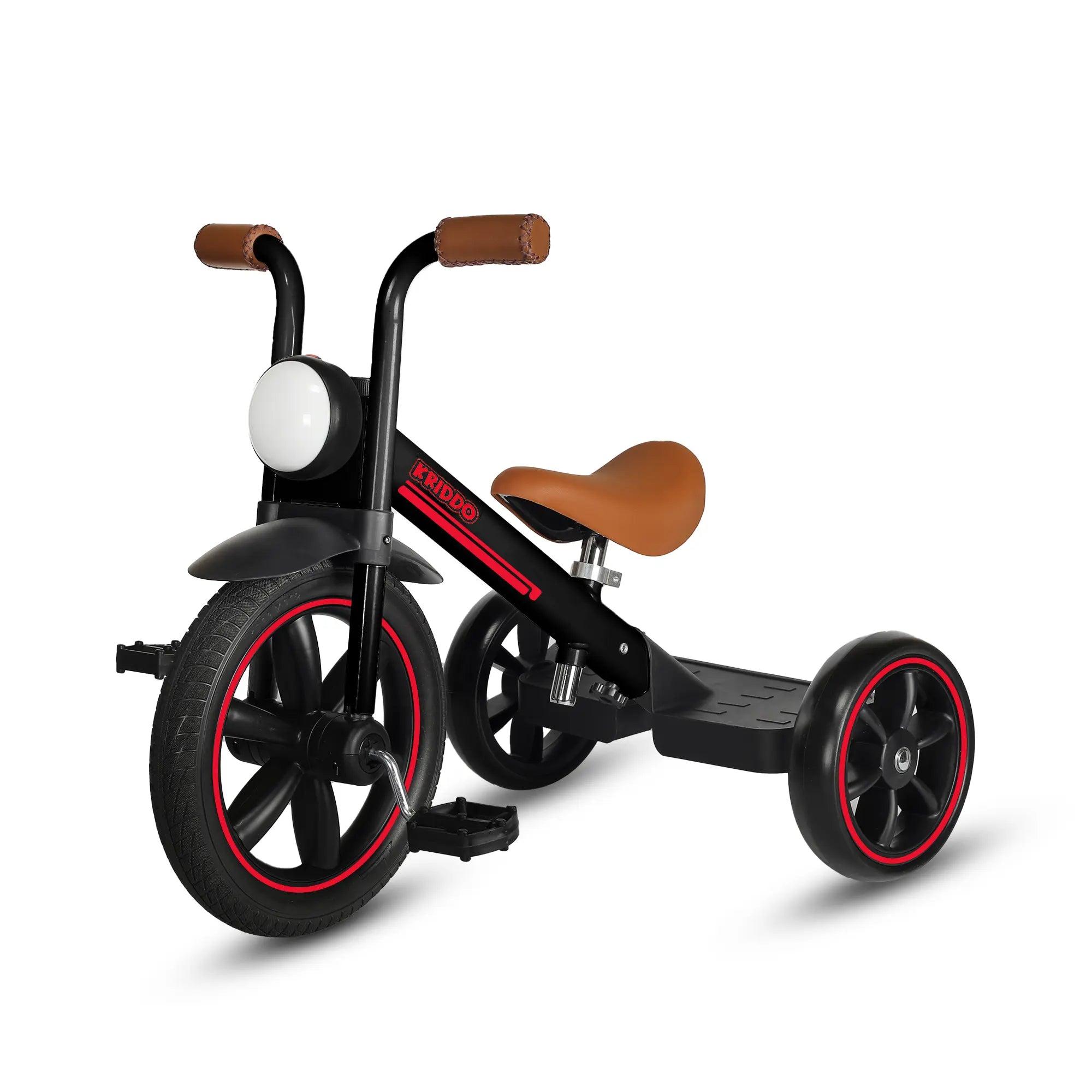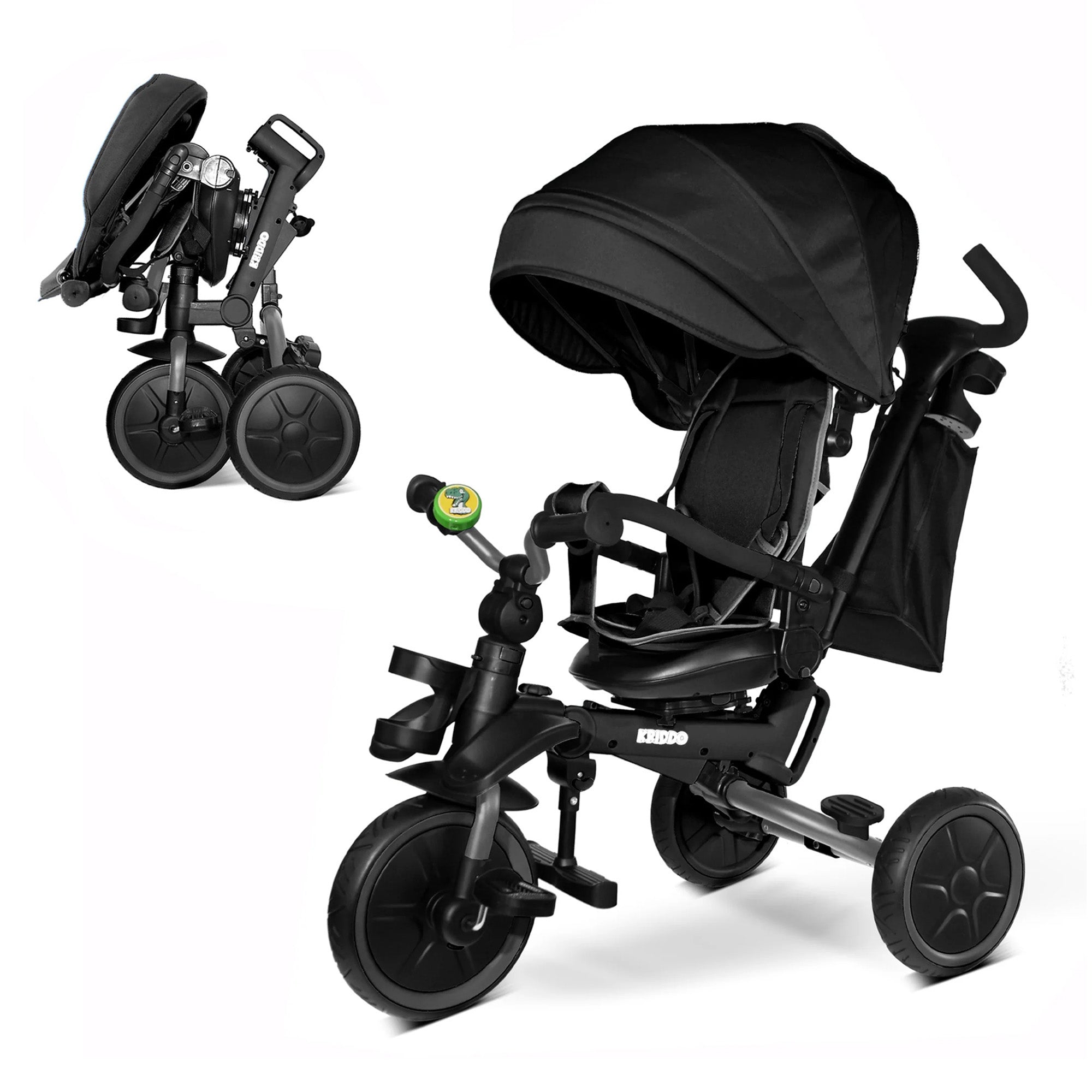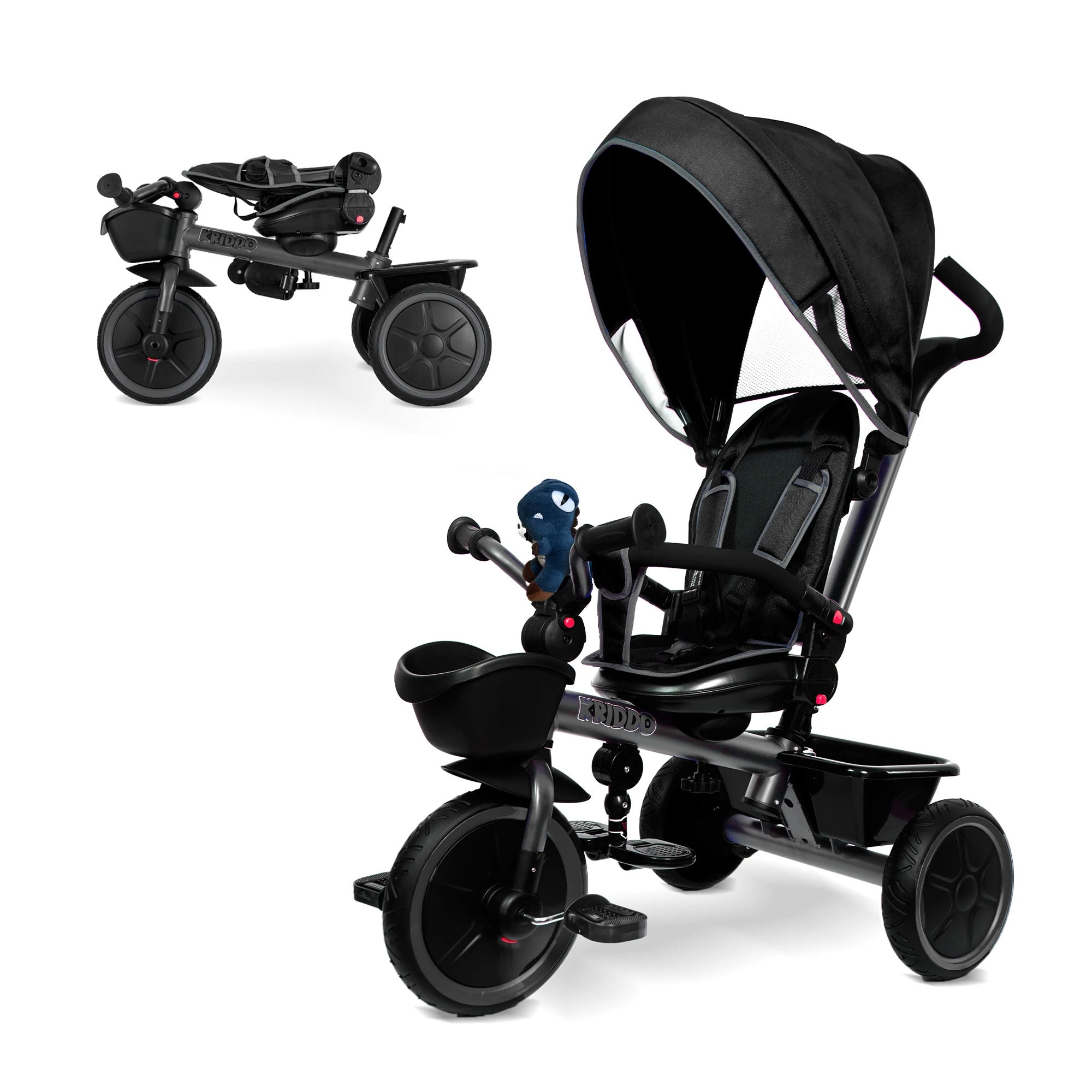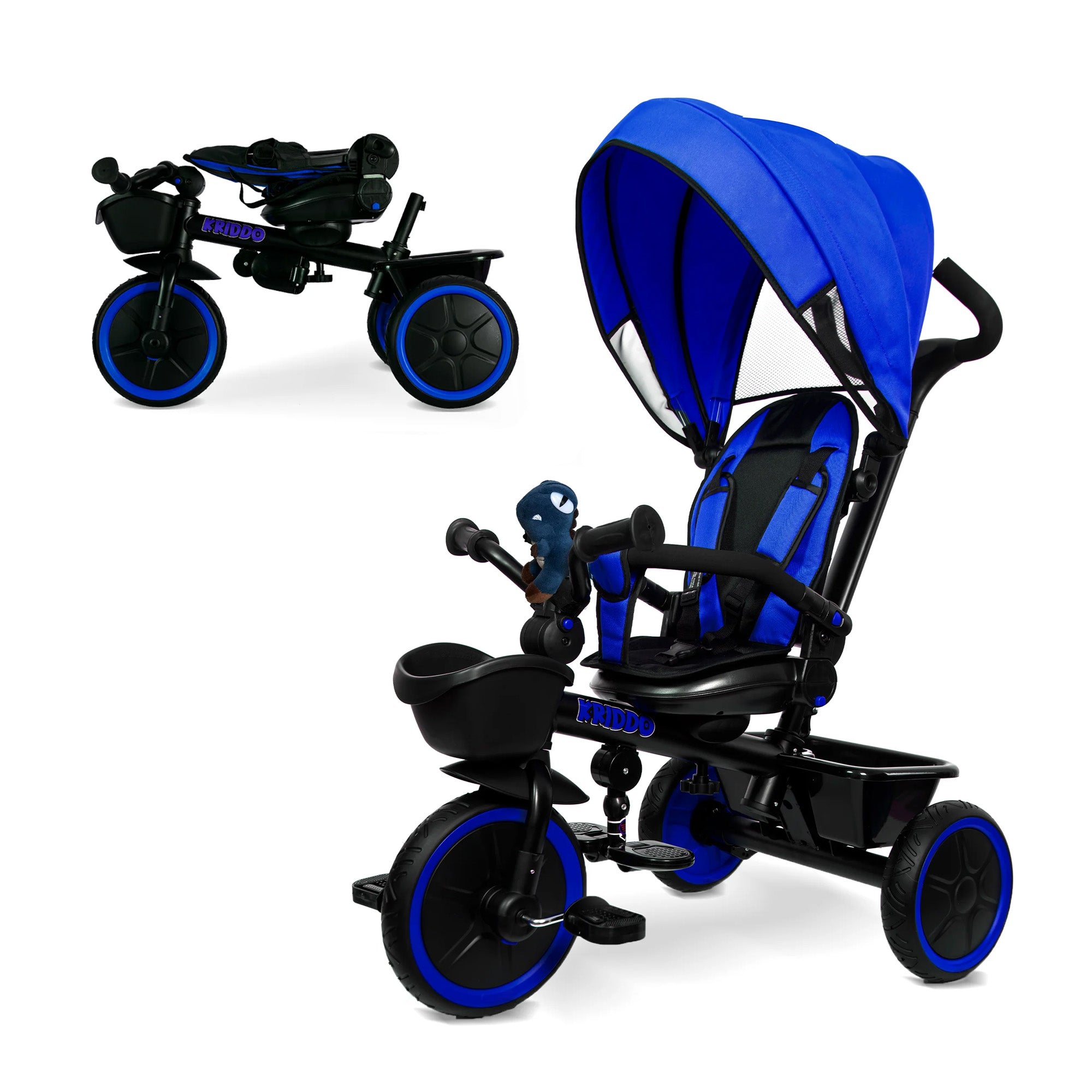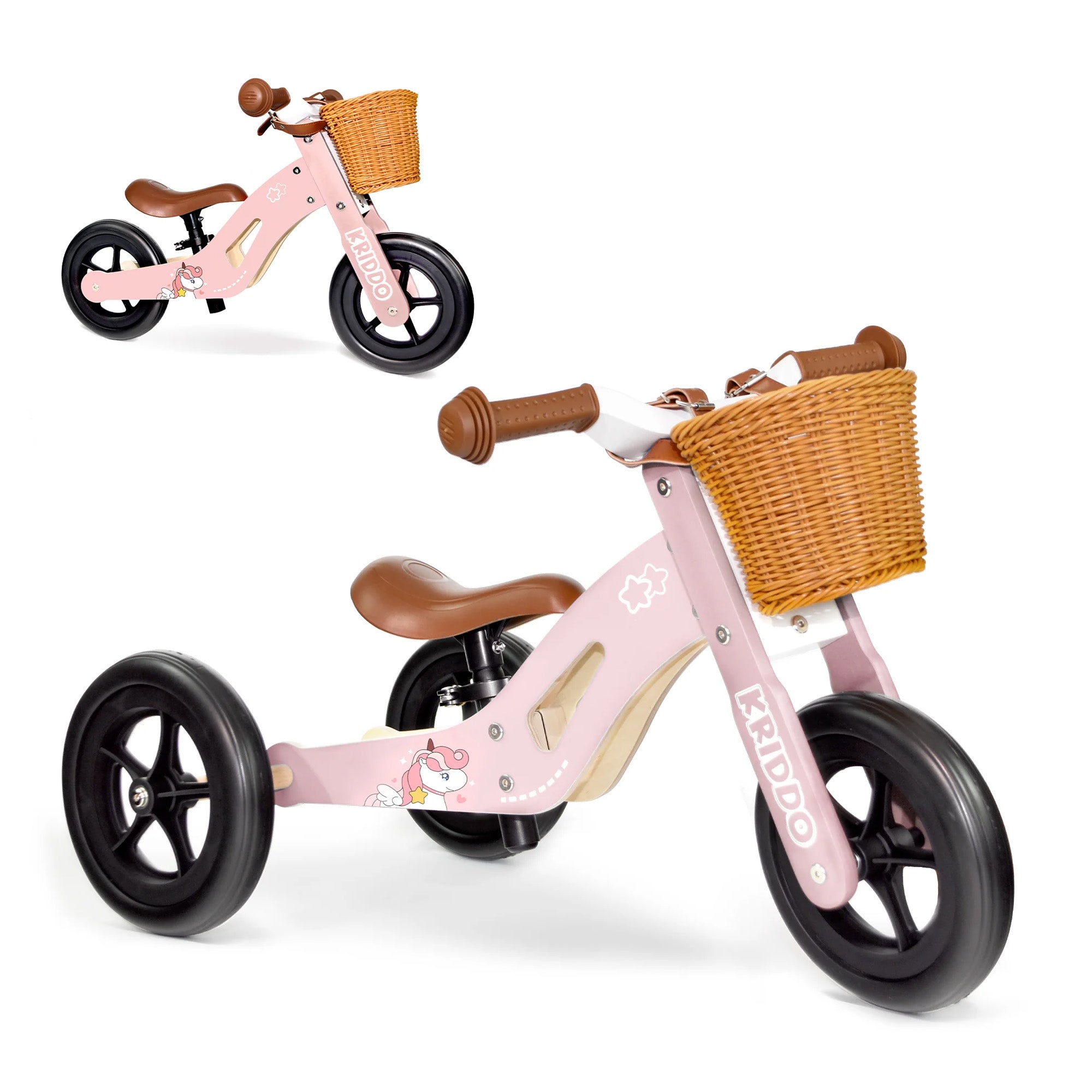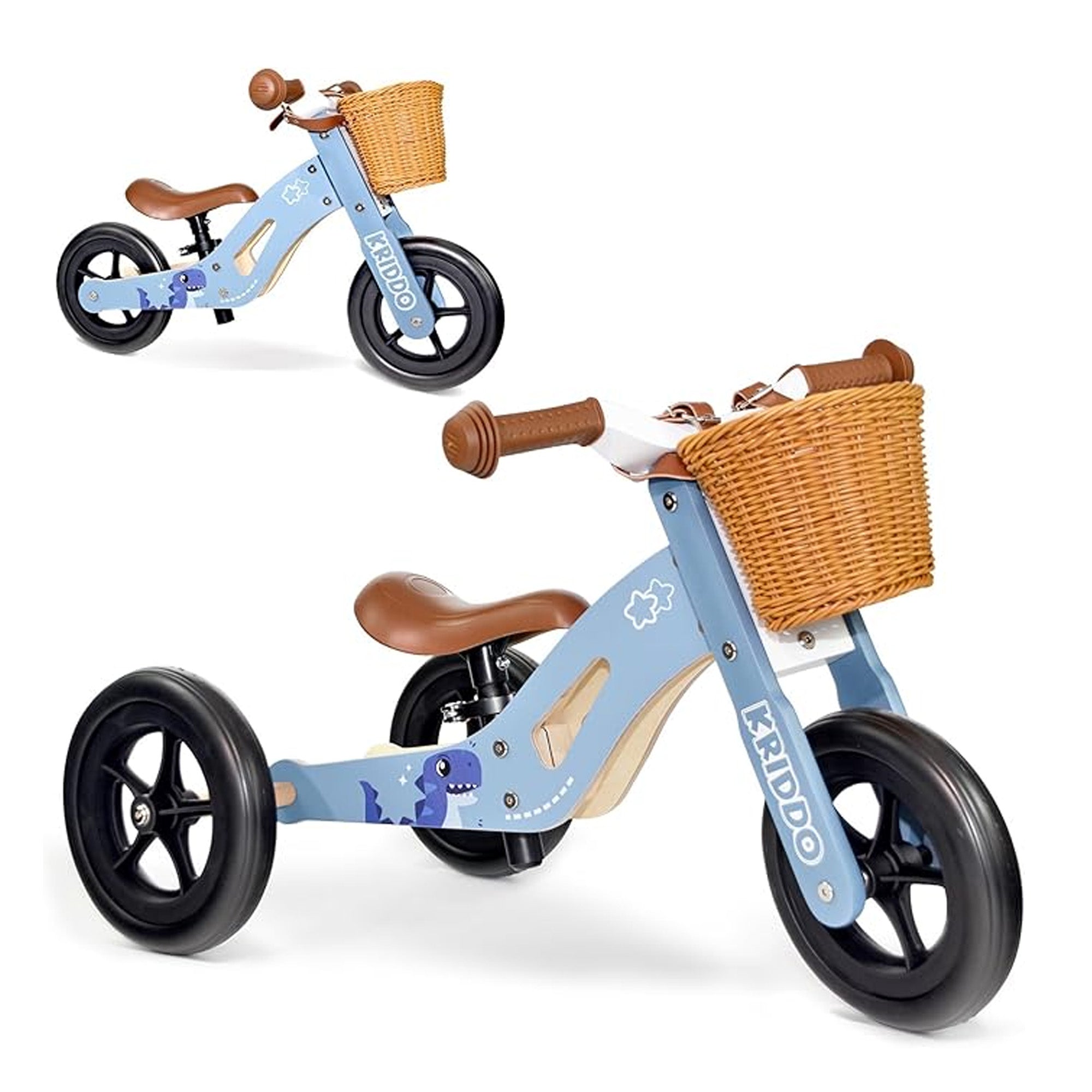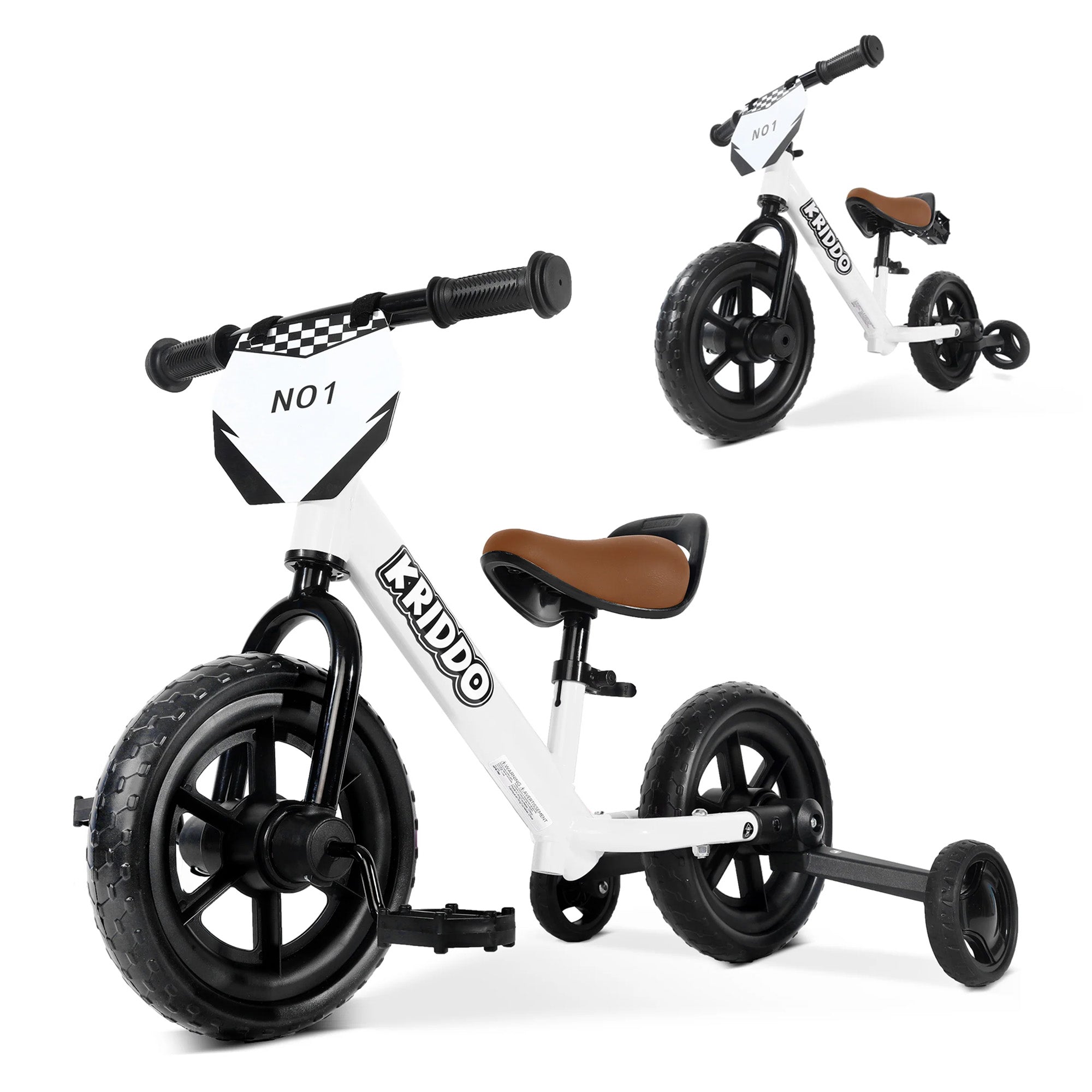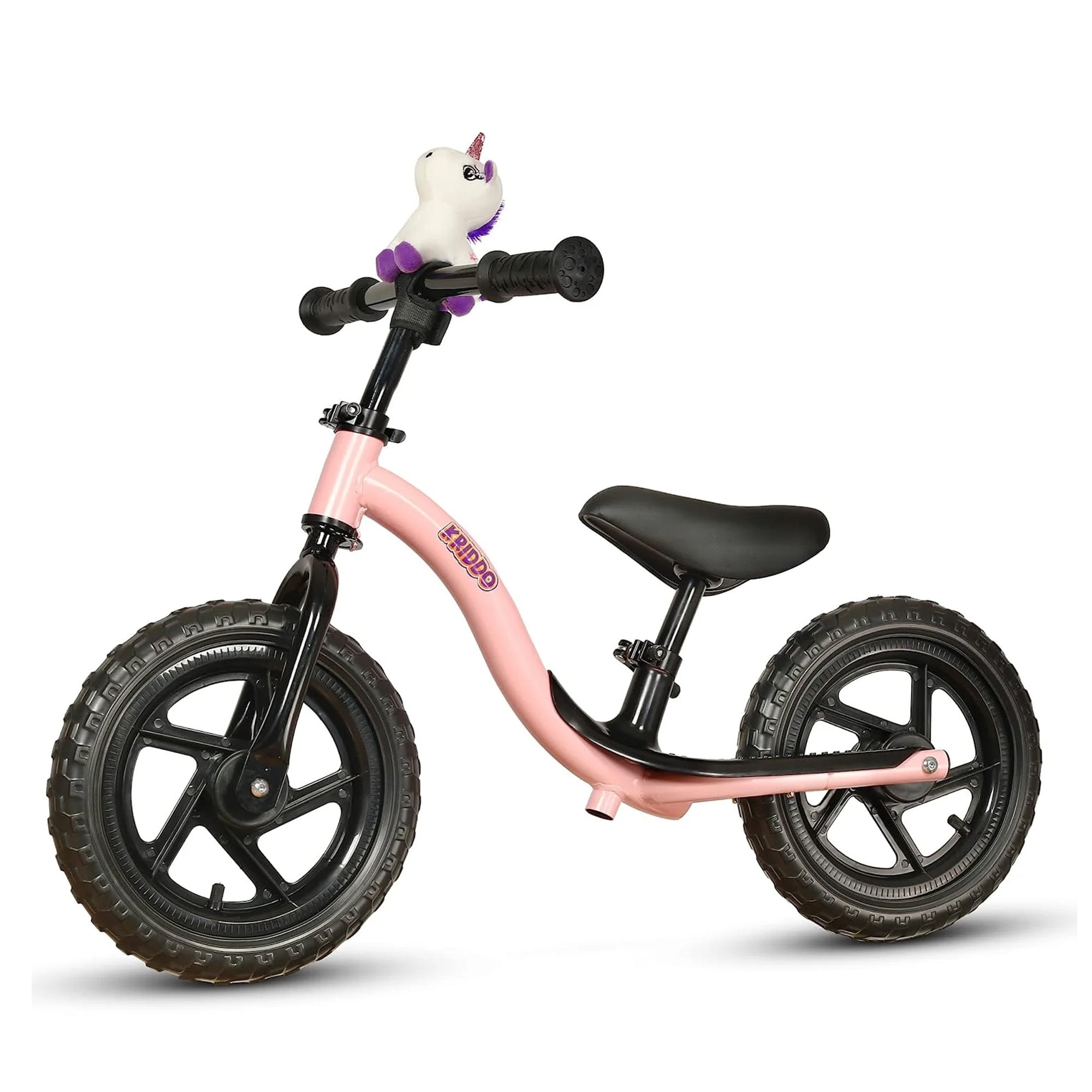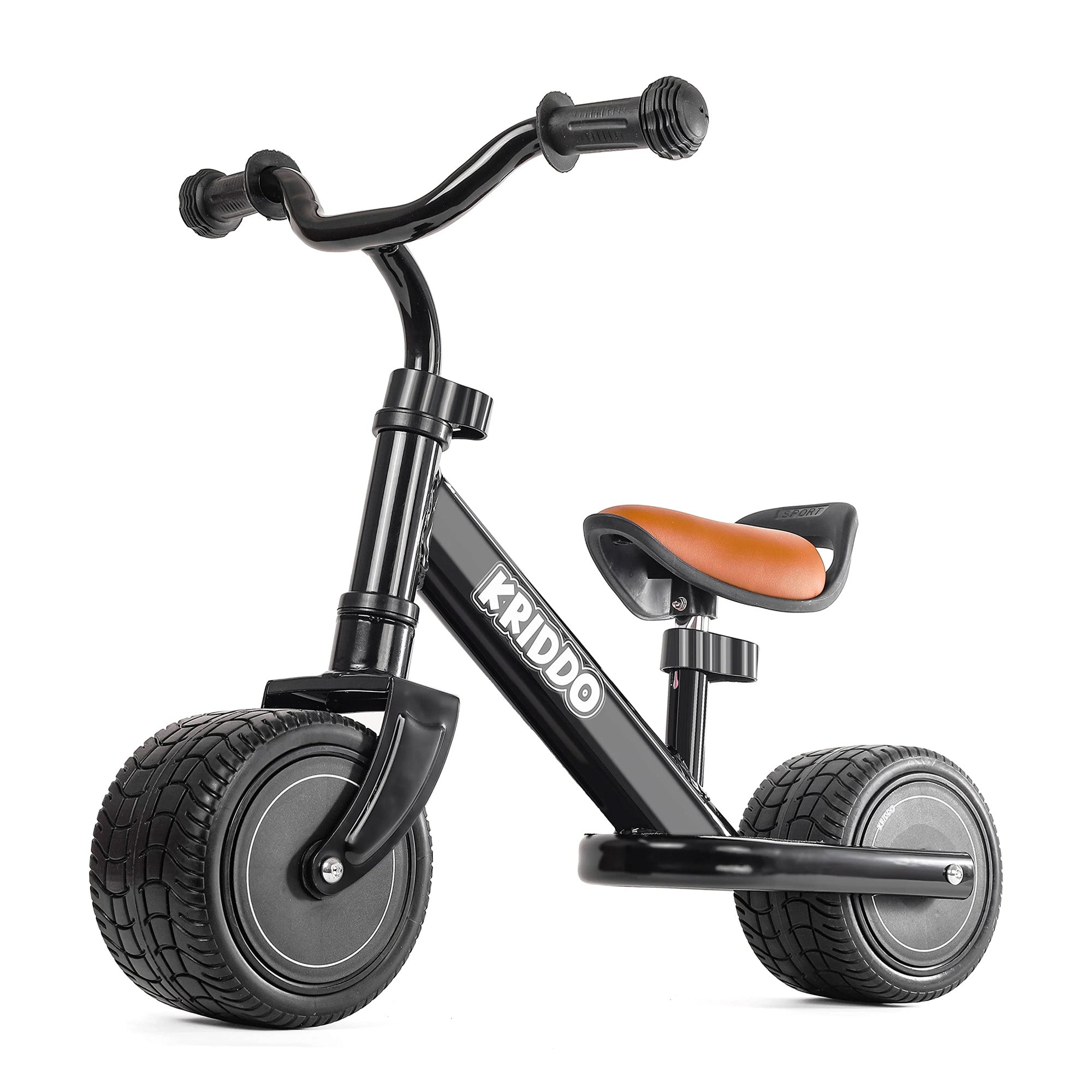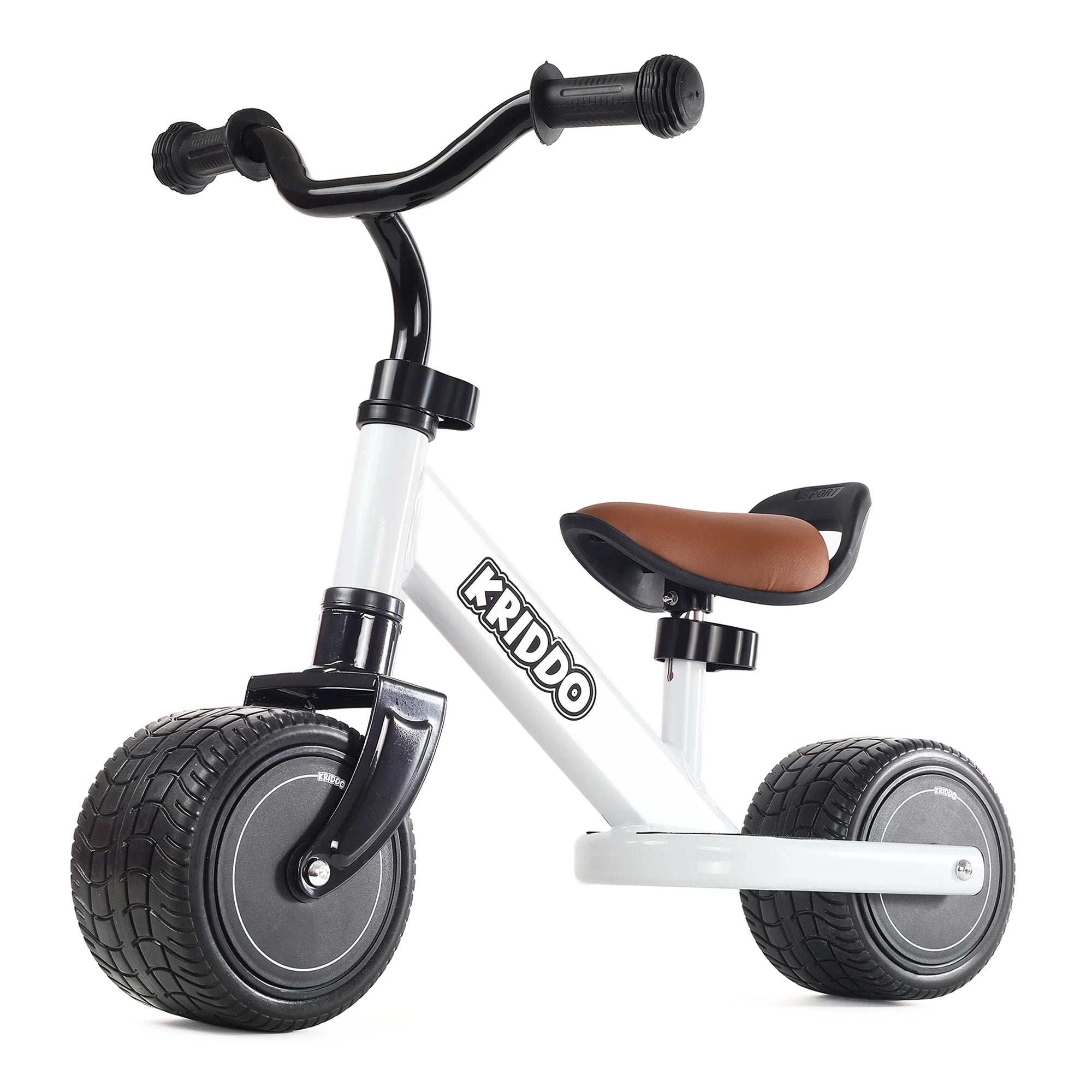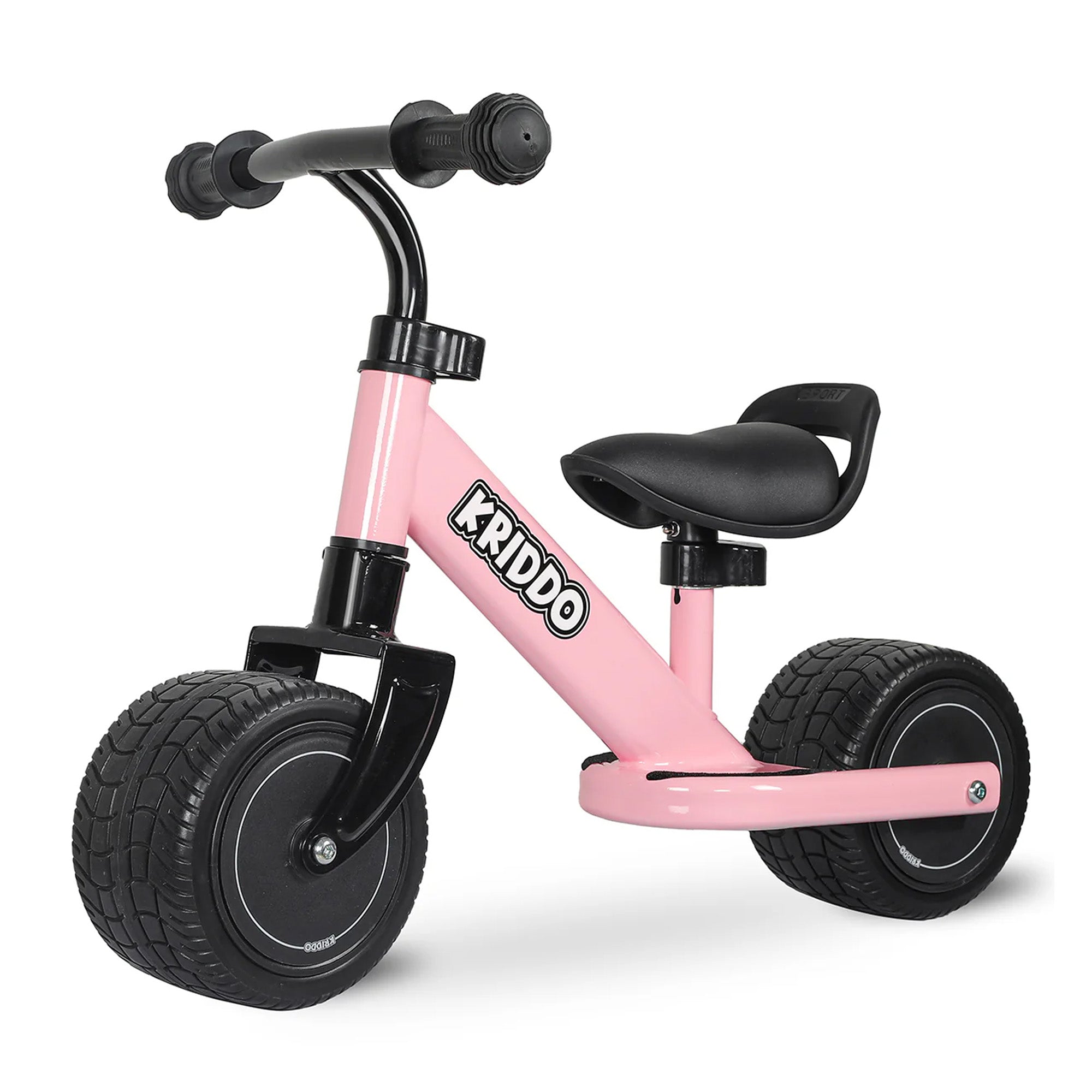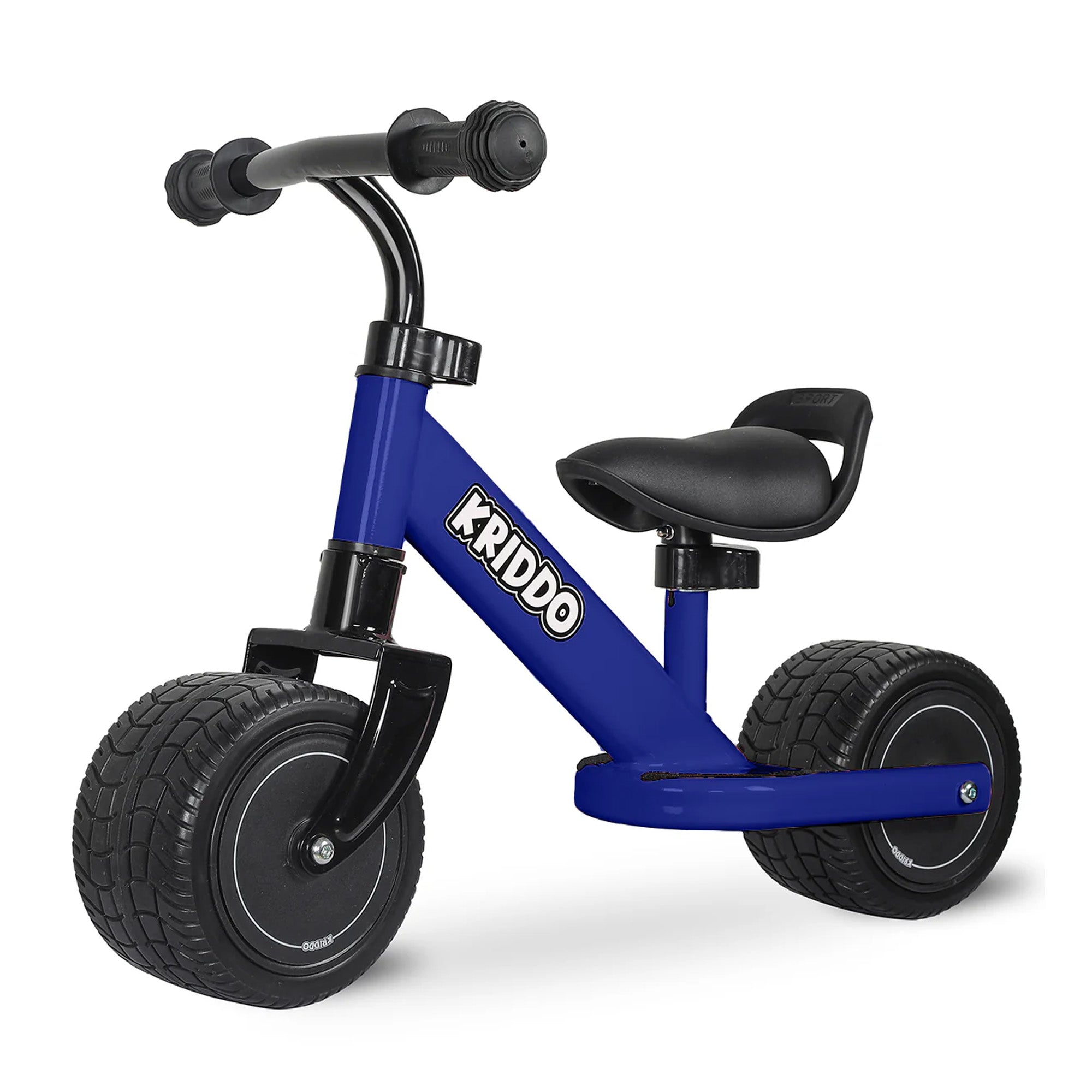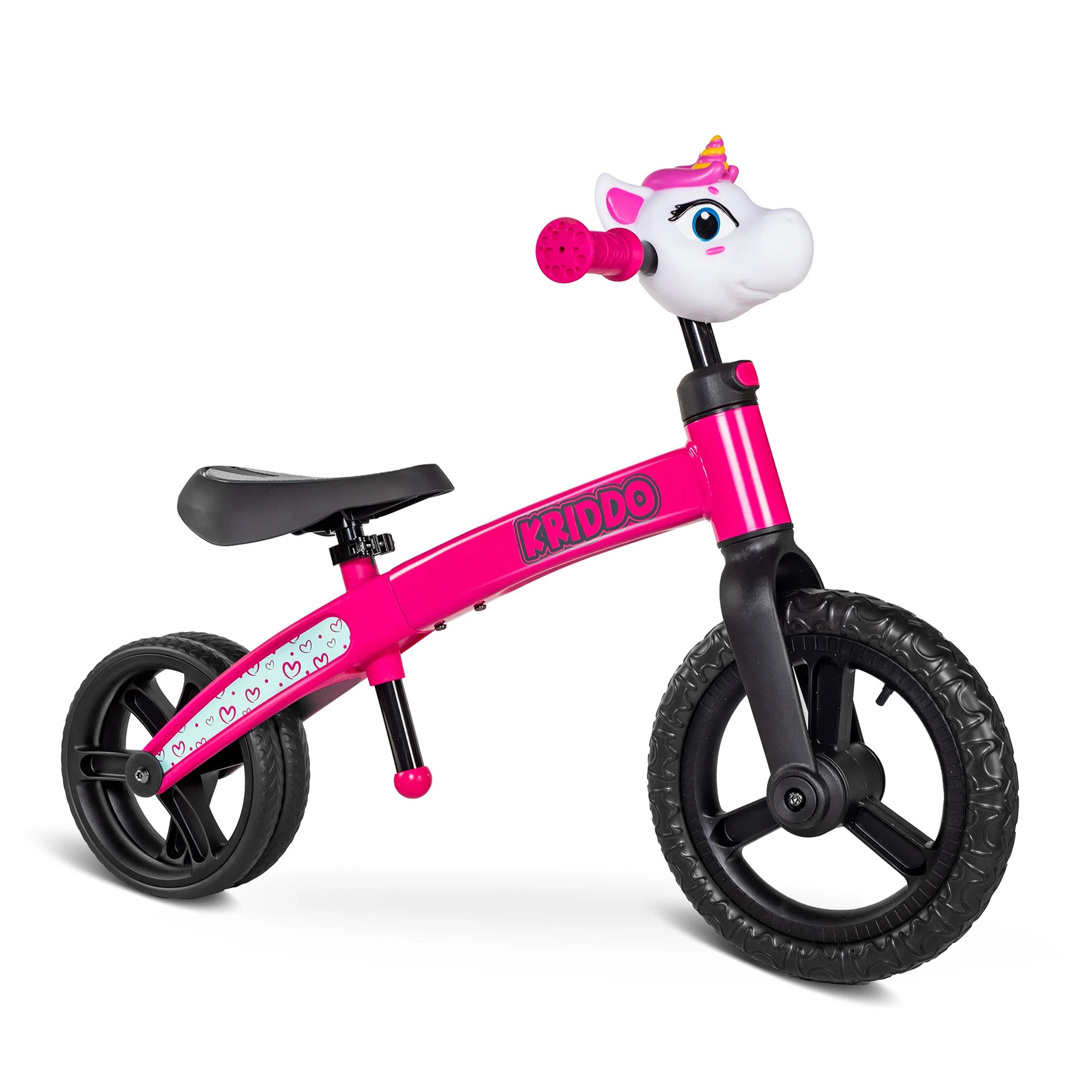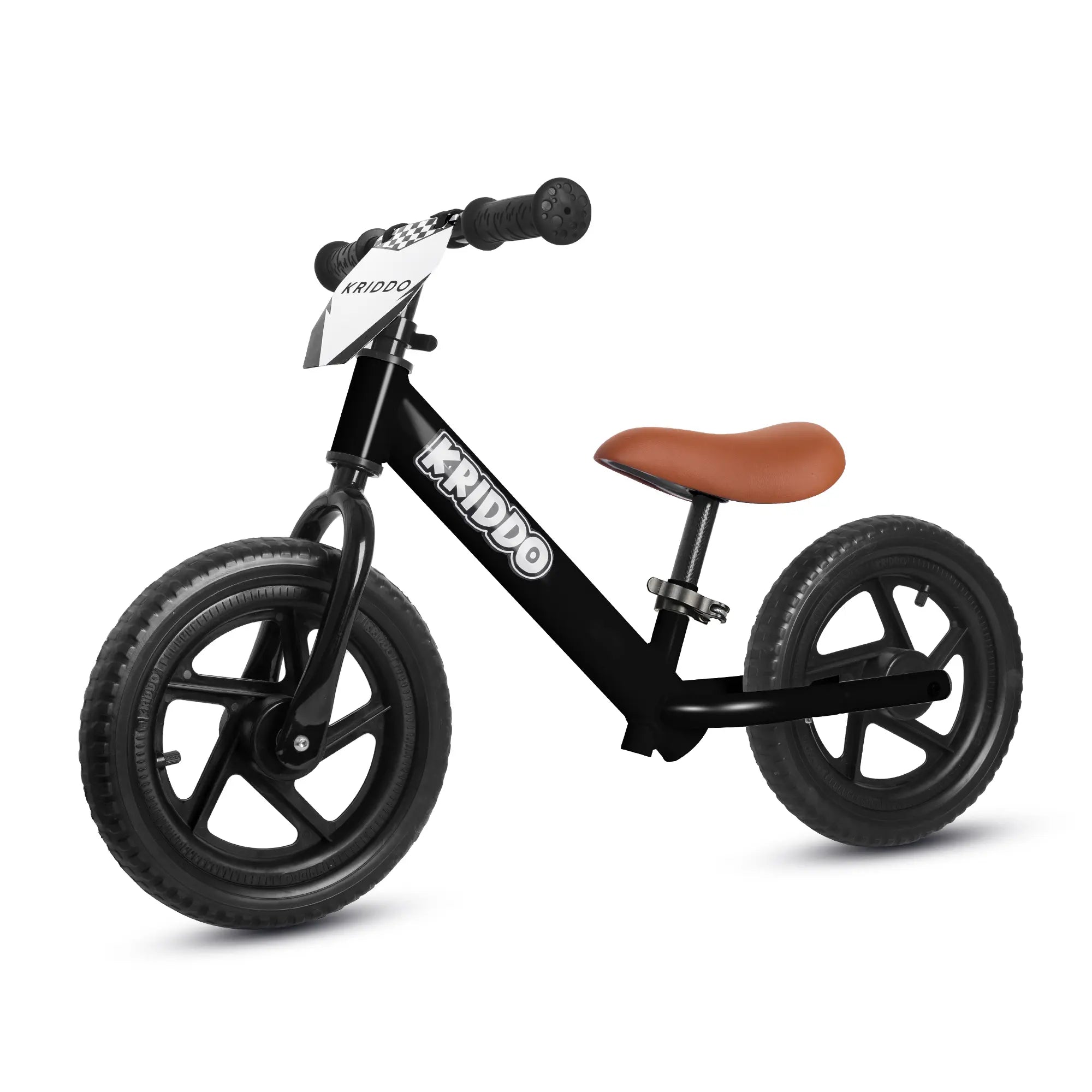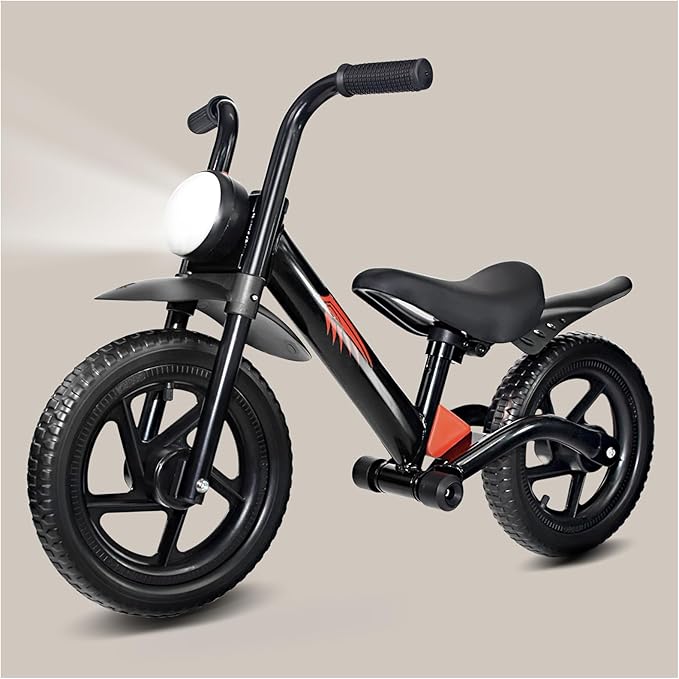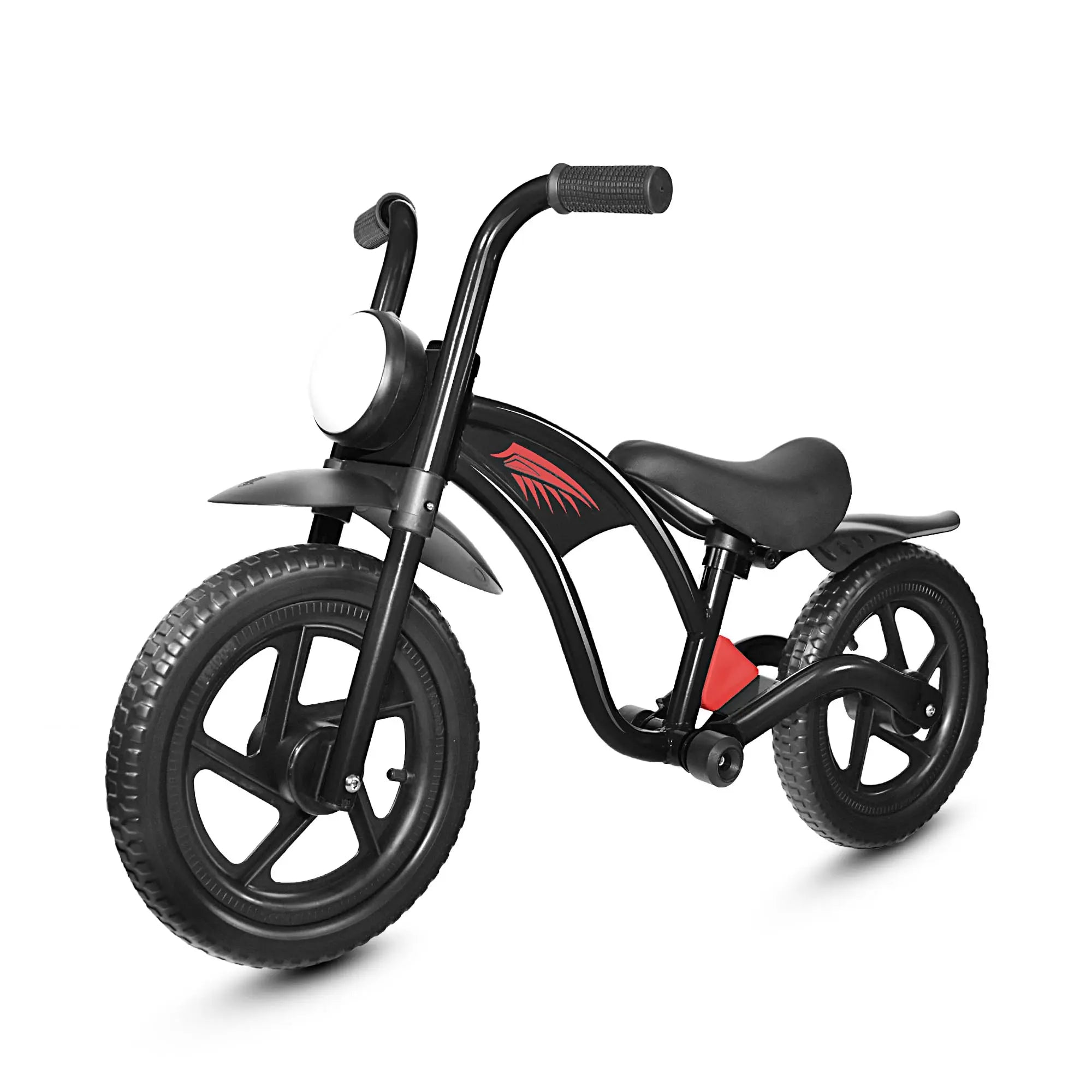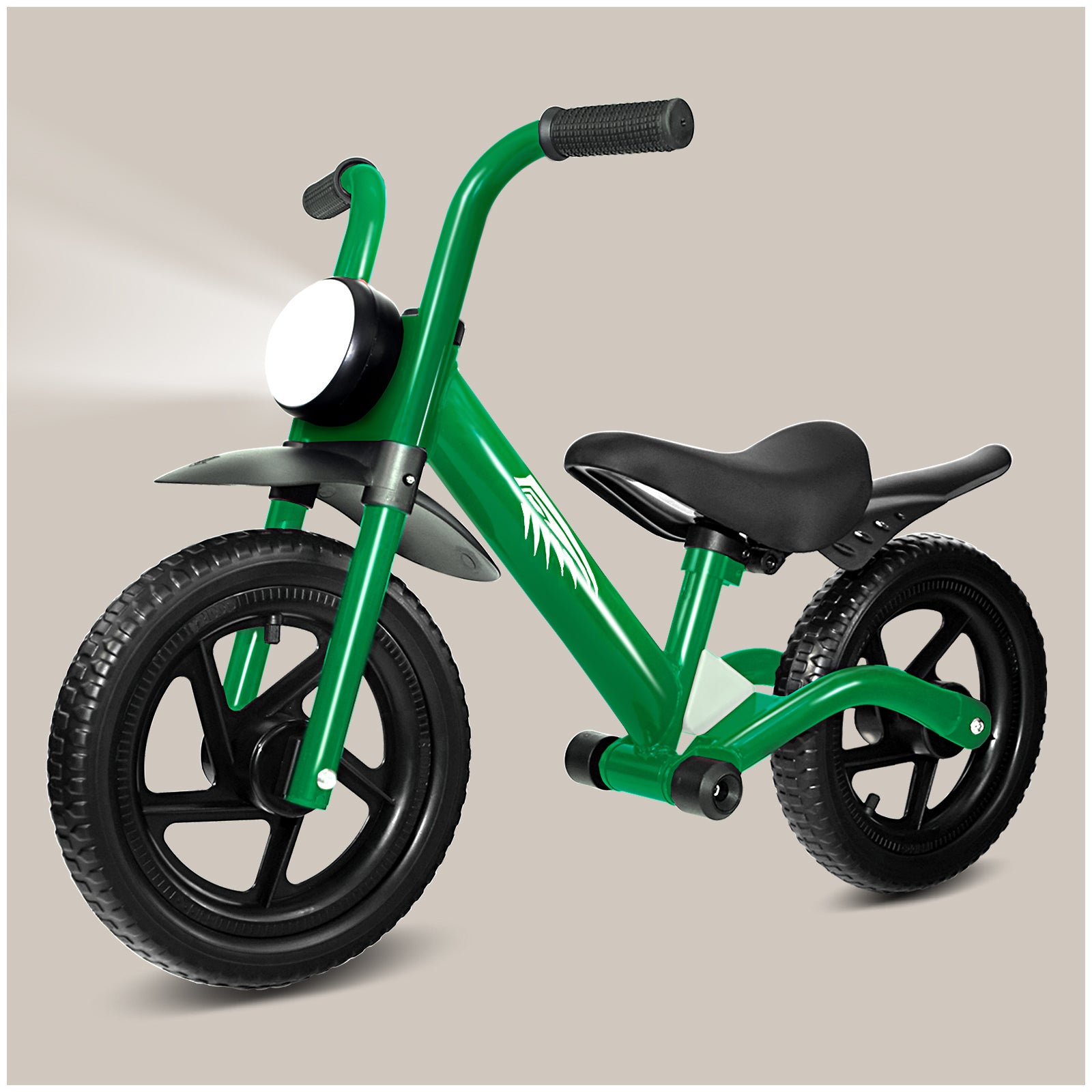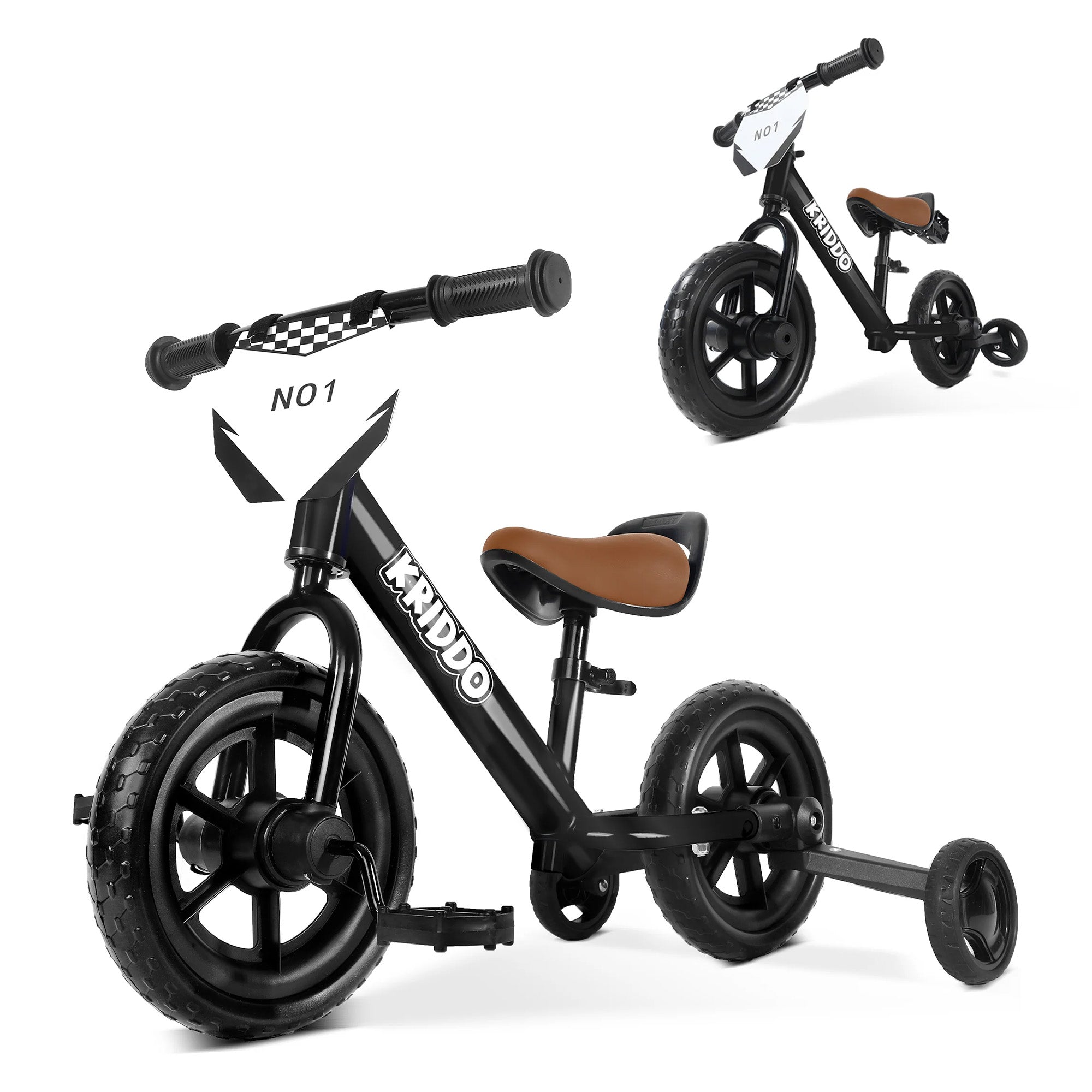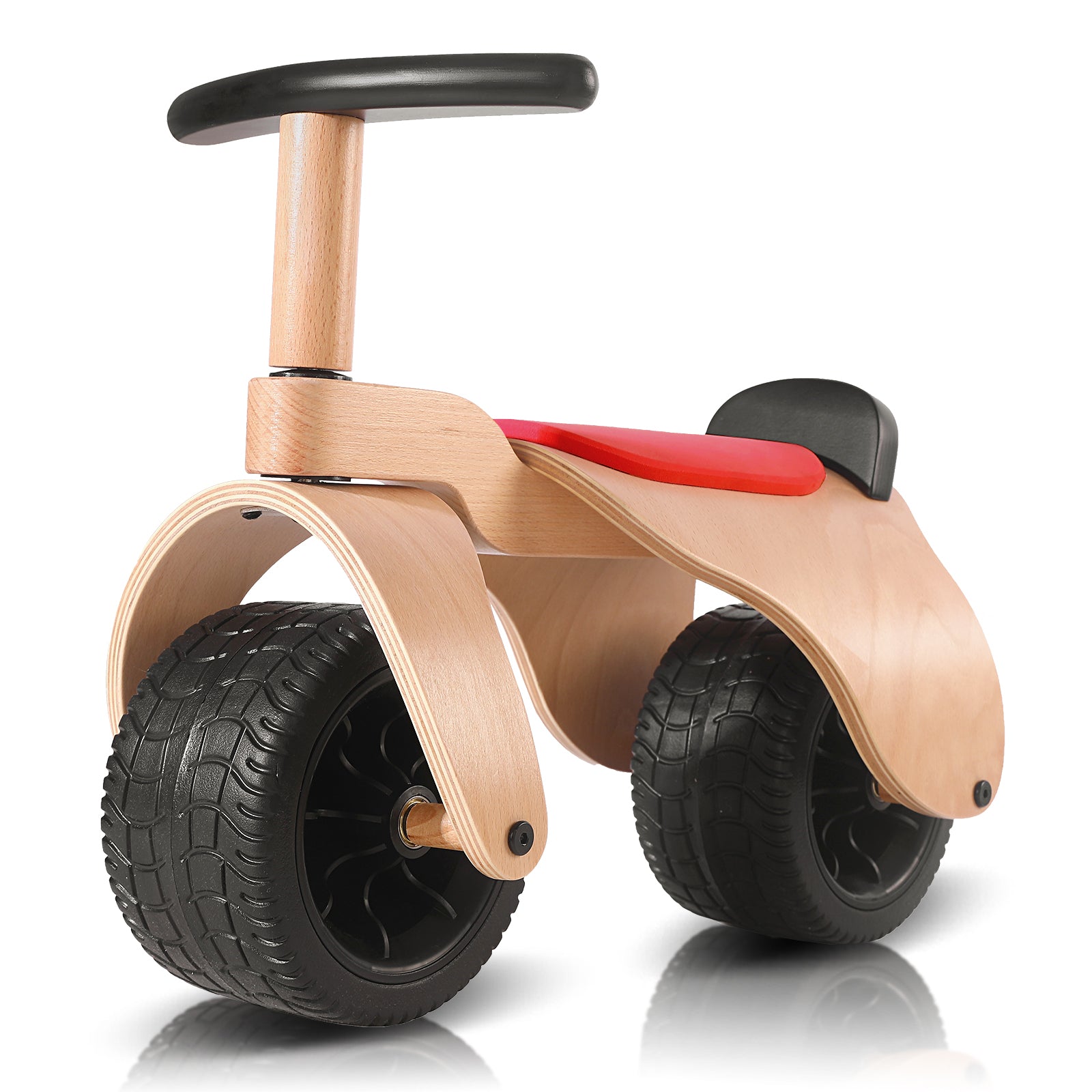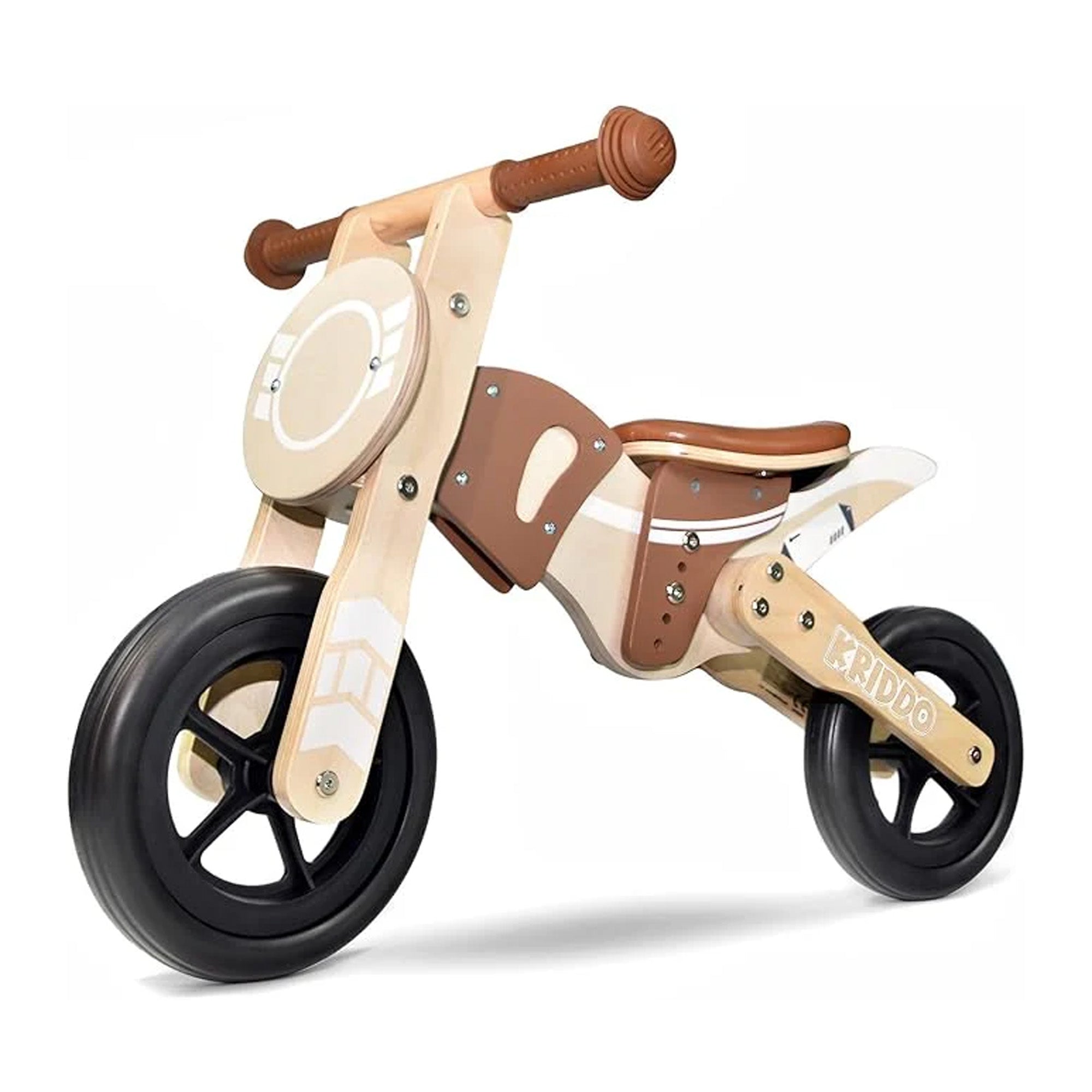Coaster Brakes vs Hand Brakes for Kids Bikes:
Which Is Right for Your Child?
Frank | 11th, Oct
If you’re shopping for a kids’ bike, you might feel a little overwhelmed by all the choices out there. Once upon a time, picking out a child’s bike was as easy as walking into a hardware store and grabbing the coolest color on the rack—bonus points if it had pedal brakes and a shiny bell. But now, with so many options available online, such as KRIDDO’s collection of kids bikes, parents face a new question:
👉 Should you get a bike with coaster brakes or hand brakes?
If that’s what you’re wondering, you’re not alone. This guide breaks down both systems—their pros, cons, and how to pick the safest and most confidence-boosting ride for your little one.
What Are Hand Brakes—and Why Parents Love Them

Hand brakes are the type you’ll find on most adult bikes. They’re controlled by a lever on the handlebars, which connects to brake pads that squeeze the wheel rim or disc when the lever is pulled.
When your child squeezes that lever:
The cable (or hydraulic line) pulls the brake mechanism.
The pads or calipers clamp down on the wheel.
The resulting friction slows or stops the bike.
It sounds simple—and it is—but the benefits go far beyond the mechanism itself.
✅ Advantages of Hand Brakes
1. More safety, more confidence
Here’s the thing: coaster brakes only work when the rider’s feet are on the pedals. But kids often need to lift their feet—maybe to balance, to prepare for a stop, or just to keep steady on uneven ground. Hand brakes solve that problem because they can be used whether feet are on or off the pedals. That makes them more flexible and, in many cases, safer.
2. Easier learning curve
If your child started with a balance bike, they’re already used to hand braking. Transitioning to a pedal bike with hand brakes feels natural—no need to “unlearn” the habit of backpedaling to stop. For adventurous kids who can’t wait to join their friends on the trails, this makes a world of difference.
3. No pedal position limitation
Coaster brakes only work when the pedals are in a specific range—if they’re at 12 o’clock and 6 o’clock, your child might need to move them before braking. That split-second delay can matter during a sudden stop. With hand brakes, your child can slow down instantly, from any position.
4. Better control and braking precision
Hand brakes allow for smoother modulation—the ability to control how much braking force is applied. Coaster brakes are “on or off,” but hand brakes let your child apply gentle pressure or a firm squeeze as needed. On slopes, wet sidewalks, or bumpy roads, that control helps them stop safely.
5. Dual-wheel stopping power
Most coaster brakes act only on the rear wheel. Hand brakes, however, can be fitted to both wheels, which improves stability and shortens stopping distances. Since weight shifts to the front during braking, having a front brake actually enhances control and safety.
❌ Downsides of Hand Brakes
Of course, nothing’s perfect. Hand brakes have a few trade-offs:
- They require stronger hand muscles, which younger kids might not have yet.
- They involve more parts and cables, meaning more maintenance and occasional adjustments.
What Are Coaster Brakes—and Why They’re Still Around

Coaster brakes, often called foot brakes, have been around since the 1890s. They’re built into the rear wheel hub and engage when the rider pedals backward.
In other words:
Pedal forward, you move
Pedal backward, you brake.
Pretty simple, right? That’s part of the charm—and the reason they’re still used on many small bikes.
✅ Advantages of Coaster Brakes
1. Works in all weather
Coaster brakes are enclosed in the hub, so rain or dirt doesn’t affect performance. Whether it’s a sunny park ride or a damp morning commute to preschool, the braking remains consistent.
2. Low maintenance
Coaster brakes are enclosed in the hub, so rain or dirt doesn’t affect performance. Whether it’s a sunny park ride or a damp morning commute to preschool, the braking remains consistent.
3. Great for small hands
For toddlers or kids who haven’t yet developed the grip strength for hand brakes, coaster brakes can be easier. All they need to do is pedal backward.
4. Clean and simple design
Coaster hubs make bikes look neat and uncluttered, which often appeals to parents who prefer fewer parts sticking out.
5. Can be used with internal gear hubs
That means they can combine gearing and braking in one compact, efficient system.
❌ Disadvantages of Coaster Brakes
But there are reasons many parents and brands are shifting toward hand or hybrid systems:
- They can make starting tricky because you can’t easily reposition the pedals to push off.
- They often cause skidding, leading to faster tire wear.
- If the chain breaks or falls off, the brake stops working completely.
- On long downhill rides, coaster hubs can overheat and fade.
- They’re incompatible with derailleur systems and some modern setups.
Plus, most coaster-only bikes lack a backup brake system—something that’s critical for safety.
What the Safety Standards Say
According to the U.S. Consumer Product Safety Commission (CPSC), most 12-inch, 14-inch, and some 16-inch kids’ bikes are required to include a coaster brake. This rule dates back to the 1970s, when hand brakes weren’t as reliable for small riders.
Today, however, hand brakes have improved dramatically, and many brands now offer bikes that combine both systems—giving kids the best of both worlds.
A Smart Middle Ground: Bikes with Dual Brakes
If you want safety and versatility, a dual-brake bike—with both hand and coaster brakes—is your best bet. Kids can start with coaster braking while learning hand coordination, then gradually shift to full hand control as they gain confidence.
A great example comes from KRIDDO’s GoFar series, which meets U.S. safety standards while offering real-world usability for growing riders.
Why parents love it:
- Adjustable height – Quick-release seat and handlebar adjustment fit growing kids perfectly.
- Full chain guard – Keeps little hands and clothes safe while riding.
- Detachable training wheels – Perfect for transitioning from beginner to independent rider.
- Lightweight frame – Easier for small riders to handle and control.
- Great value — quality build under $150, ideal for budget-conscious families.
Both GoFar models come with front hand brakes and rear coaster brakes, aligning with safety regulations while teaching kids the fundamentals of both braking systems. It’s a thoughtful balance of compliance, comfort, and confidence.
So—Which Brake System Should You Choose?
Here’s a quick recap:
- Coaster brakes are simple, low-maintenance, and great for younger riders.
- Hand brakes offer better control, safety, and long-term skill development.
- Dual systems—like on KRIDDO’s GoFar bikes—combine the best of both.
Ultimately, the right choice depends on your child’s age, coordination, and comfort level. If they’re just starting out, a dual system provides a safe introduction to hand braking while keeping the familiar backpedal stop.
Final Thoughts
Choosing between coaster brakes and hand brakes isn’t just about mechanics—it’s about how your child learns, feels, and builds confidence. With well-designed models like the GoFar 14 and GoFar 16, you don’t have to compromise. They’re safe, adjustable, and thoughtfully made to grow with your little rider.
Want more tips on picking the right kids’ bike? Check out KRIDDO’s friendly parent guide for expert advice on frame sizes, safety, and maintenance.

